The Glorious Goodwood Festival rightly challenges Royal Ascot and the York Ebor meeting for the title of best summer racing festival in England. However, Goodwood remains head and shoulders above its esteemed rivals when its setting and the panoramic views enjoyed by the vast crowds enter into the equation, the majority of the crowd ink Goodwood into their next year’s calendar just as soon as the current meeting ends. But how did the Dukes of Richmond come to own such a vast estate, and which of the duke’s had the vision to create such a spectacular racecourse? It is worth looking at how Goodwood derived its name and who owned the land before the Richmond’s.
1086-1584
Godinwood was mentioned in the Domesday Book of 1086 and probably derived its name from the Saxon Goduinus, but at this early stage in its history it was significantly less important than its near neighbour Halnaker House on the Halnaker Estate. Indeed, Goodwood was part of the Halnaker Estate which in 1105 was owned by Robert de Haye (Haia), son of Ralph (Ranulf) de la Haye. Robert was born in 1085 and died circa 1134, with the Halnaker Estate passing into the hands of Roger de St John and later Elizabeth Bonville. Elizabeth married Sir Thomas West who became Lord de la Warr. The Estate remained in the de La Warr family, Roger de la Warr was born around 1270 and died in 1320. In 1561 the Halnaker Estate passed to Henry, the 12th Earl of Arundel before it transferred to John, Lord Lumley and his wife Jane Fitzalan. John was born in 1533 and died on 11th April 1609, while his wife Jane was born in 1537 and died on 27th July 1578. It was probably around this time that the Godinwood Manor was split from the Halnaker Estate, because in 1584 Lord Lumley outlined the extent of the Goodwood Estate, notably Godinwood Manor, 2 houses, 4 gardens, 2 orchards, 200 acres of Park land, 10 acres of Arable land, 500 acres of pasture and 300 acres of wood, before selling it to Henry Walrond.1584-1597 In 1584 Henry Walrond and his wife Elizabeth purchased Goodwood House and Park from John, Lord Lumley and his wife Jane for £2,400, equivalent to £491,000 in 2020. Henry, son of Humphrey Walrond, was born in Devon in 1545 and married Elizabeth Devenish in St Andrew Holborn, London on 24th January 1570. His father died in 1577, Henry was a substantial beneficiary in his father’s will, providing sufficient funds for him to purchase the Goodwood estate in 1584. When his cousin, Humphrey Walrond, from Bradfield, died in 1586 Henry was also a key beneficiary of that will. On 30th April 1597 he sold Goodwood to Thomas Cesar and Robert Webb, later moving to Sea in Somerset where he died on 18th February 1618.
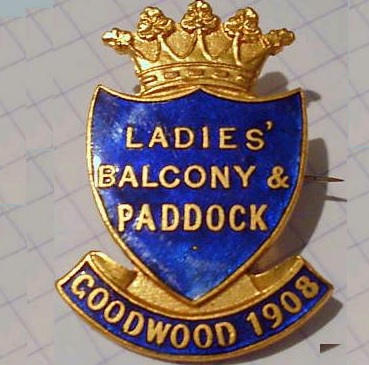
On 30th April 1597 Thomas Cesar of the Inner Temple, London and Robert Webb of Beckington purchased Goodwood Park for £3,500, equivalent to £483,000 in 2020. The purchase included the lower Goodwood Park, the Hazell Coppice, the East Lawn, the Old Park, two woods to the west of Goodwood House, the Goldings Coppice and the Conygrey Lodge used by the Warrener. At this stage the Goodwood Park extended to land in Hampnett, Boxgrove and Westhampnett, but also included in the purchase was Woodcott Manor farm and farmhouse, Woodcott coppice and Western coppice, Easterfield, Little Hale, Great Hale, Stonyfields, Easterfulongs, Southfield, Oldfield, Westerton, Holtefield and Bromefield. Cesar and Webb sold Goodwood to Thomas Bennett in 1599.
1599-1608
In 1599 Thomas Bennett purchased Goodwood for £2,100, equivalent to £290,000 in 2020, although the reduced price suggests that not all the farm acreage or number of farm cottages were included in the sale.
1608-1614
In 1608 Sir Edward Frances, caretaker of Petworth House, purchased Goodwood for £2,800, equivalent to £376,000 in 2020, possibly on behalf of the 9th Earl of Northumberland who was, at that time, imprisoned in the Tower of London by James I because of alleged links to the Gunpowder Plot of 1605. However, it appears that the Lower Park, Old Park and Goldings Coppice were not part of the sale and did not pass into the hands of the Earl of Northumberland. Although confined to the Tower of London, the Earl was able to use his wealth to provide him with all his requirements until he was eventually released in July 1621.
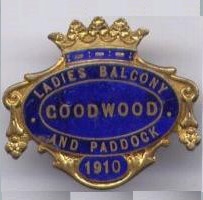
In 1614 the Earl of Northumberland, Henry Percy, purchased Goodwood for £1,800, equivalent to £237,000 in 2020, although he may well have owned it in all but name from 1608. Despite his earldom being in the north east of England, he also owned Petworth House and the Petworth Estate. During his ownership of Goodwood the Earl demolished the hunting lodge, building in its place Goodwood House between 1616 and 1617 at a cost of £556 18s 6d (equivalent to £75,000 in 2021). His wife predeceased him in 1619 and, coincidentally, he died on Guy Fawkes Night, 5th November 1632.
1632-1657
After the death of Henry Percy his estate passed to his son Algernon Percy, 10th Earl of Northumberland who owned the Goodwood Estate until selling it to John Caryll in 1657.
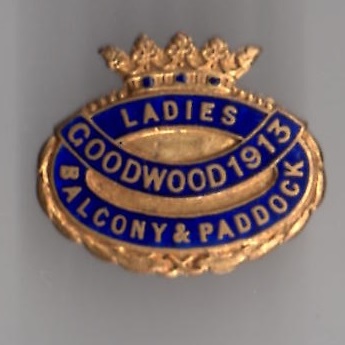
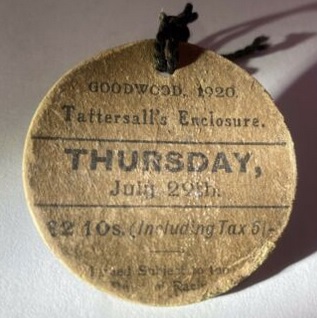
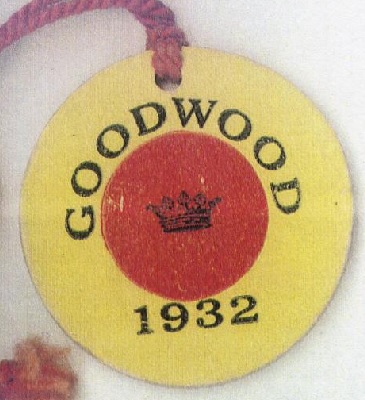
1657-1675
Sir John (of Harting) Caryll, born in Hastings on 28th August 1583, inherited vast estates in Warnham and West Harting from his father, also known as Sir John. The one born in 1583 married Mary Dormer, daughter of Lord Dormer, and the couple had 4 children, 3 daughters and a son, also christened John, who was born in 1603. This latest version of John Caryll was born in Warnham, the last of the family to be born there, after which the family moved to Harting and subsequently, in 1657 purchased the Goodwood Estate from the 10th Earl of Northumberland for £2,400, equivalent to £252,000 in 2020. Sit John Caryll was later exiled by King Charles II, but not before he also had a son, confusingly called John Caryll, and eventually, in 1675, John Caryll sold the Goodwood Estate to Anthony Kemp.
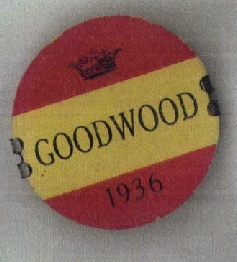
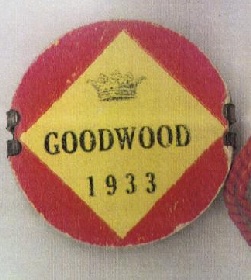
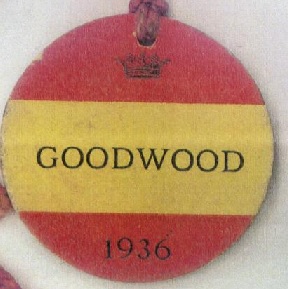
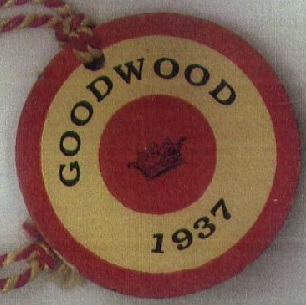
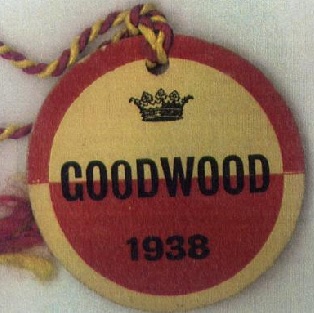
1675-1690
In 1675 Anthony Kemp purchased Goodwood from Sir John Caryll for £3,500, equivalent to £400,000 in 2020, selling it fifteen years later to the 2nd Earl of Middleton.
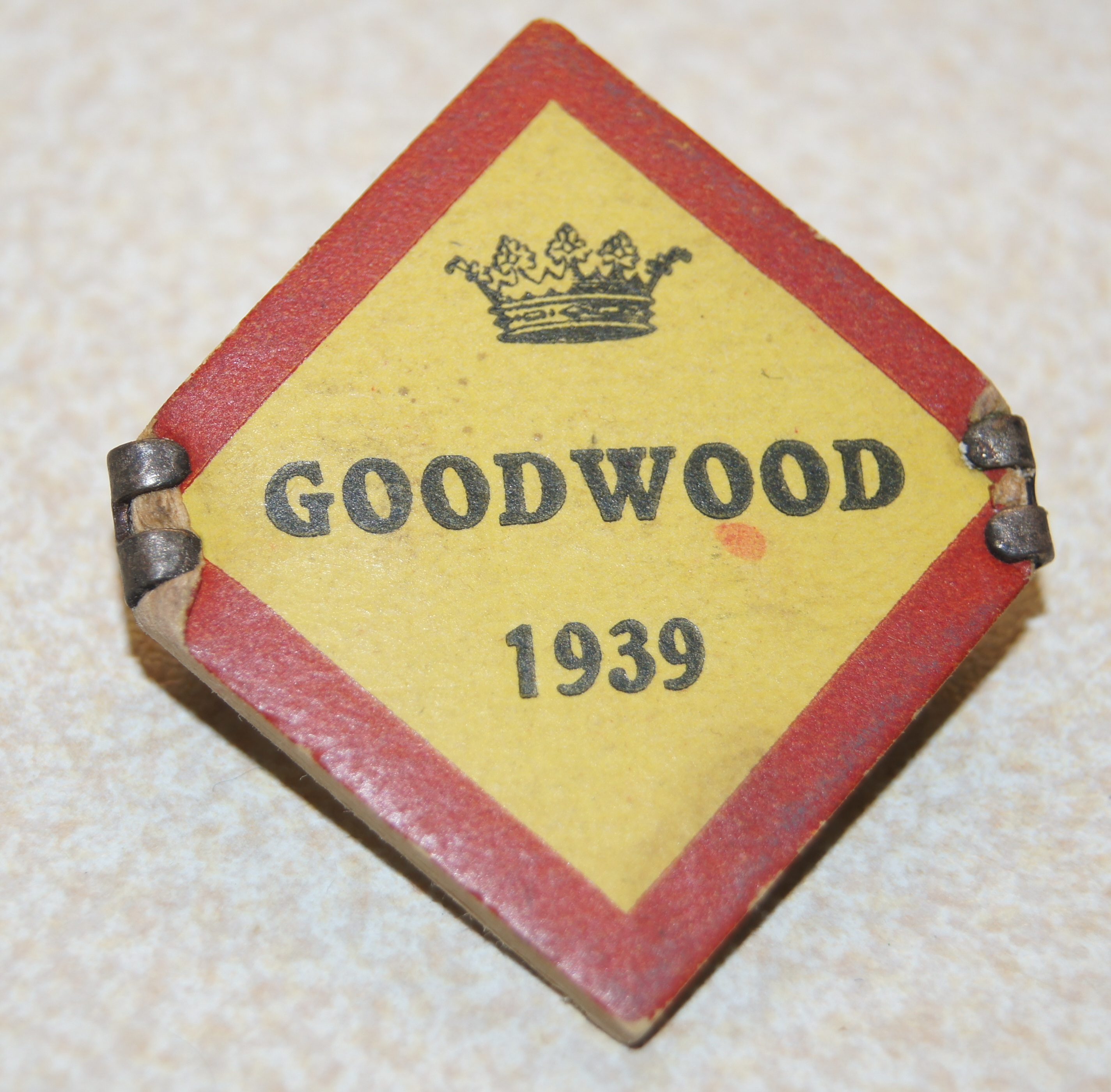
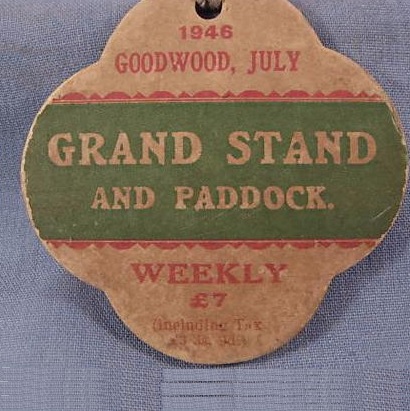
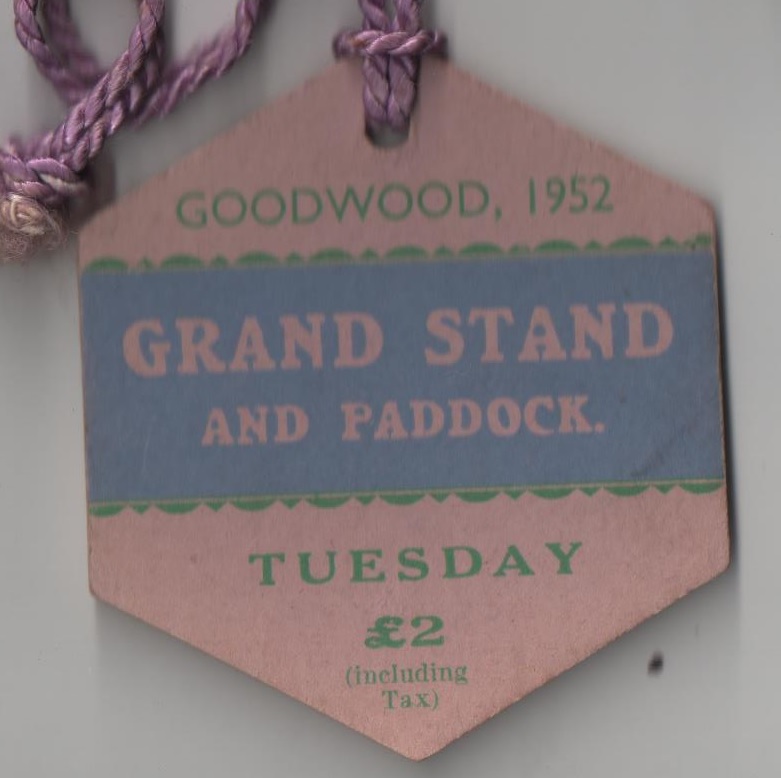
1690-1693
In 1690 Charles Middleton, 2nd Earl of Middleton, purchased Goodwood for £4,000, equivalent to £480,000 in 2020. Charles was born in 1650 and gained the title of Earl of Middleton in 1674 on the death of his father. He was a supporter of James II and within 2 years of purchasing Goodwood he was held in the Tower of London for plotting to restore James II. He sold Goodwood in 1693.
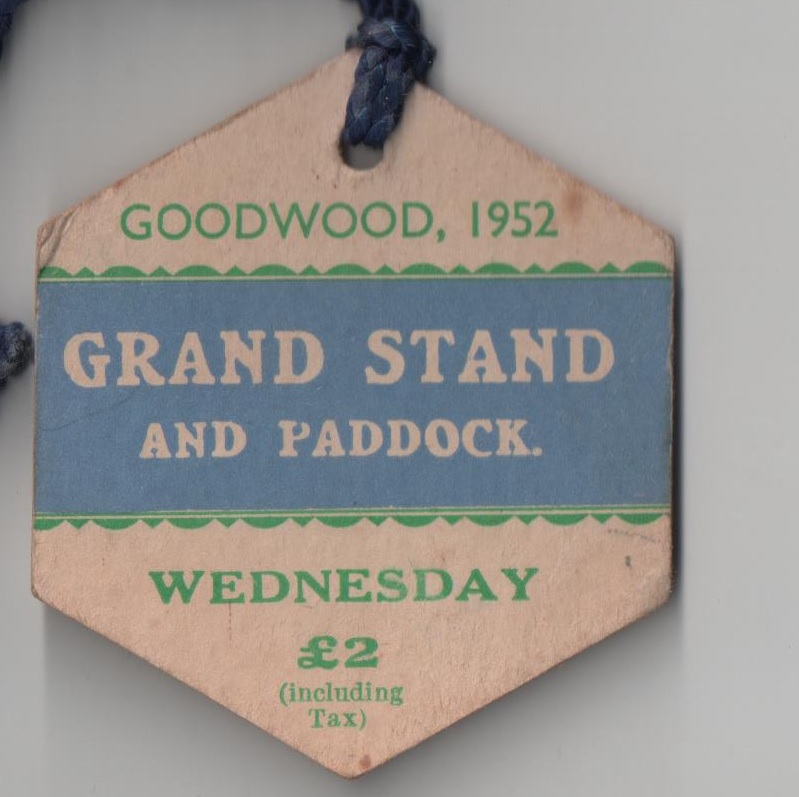
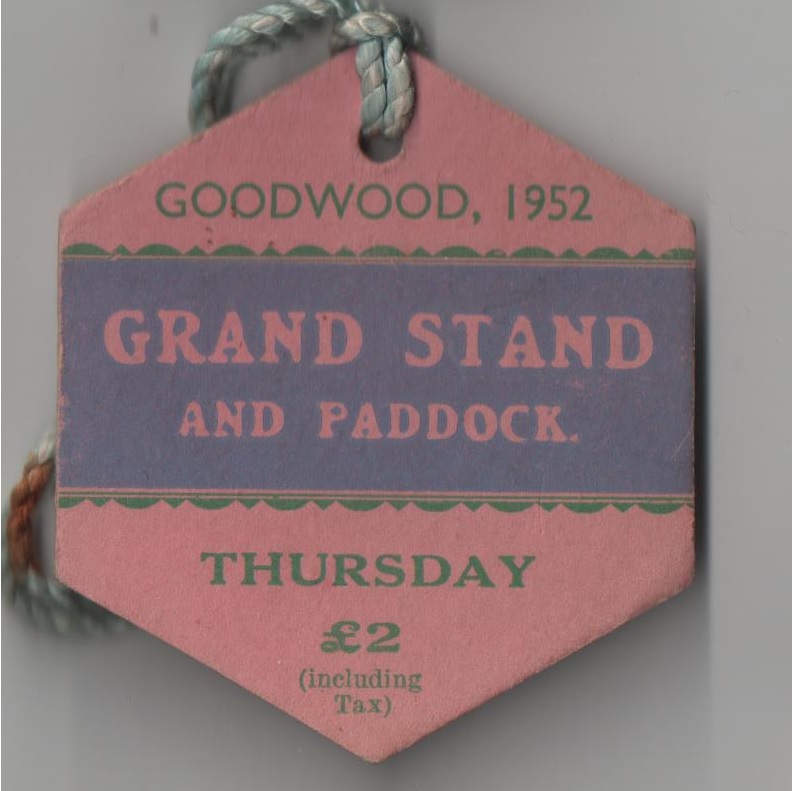
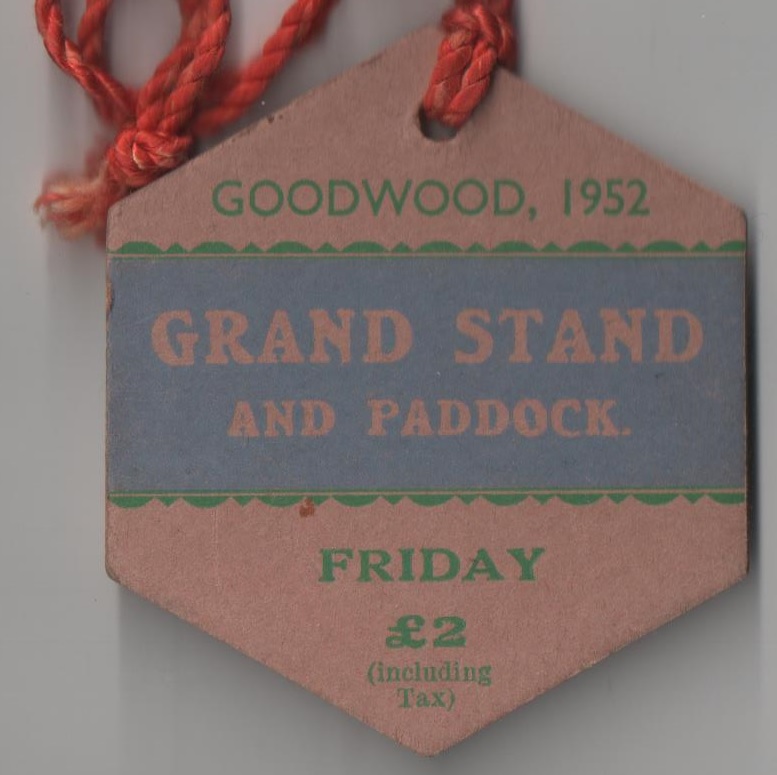
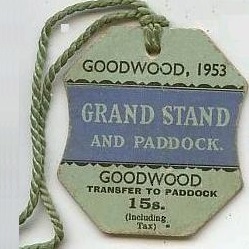
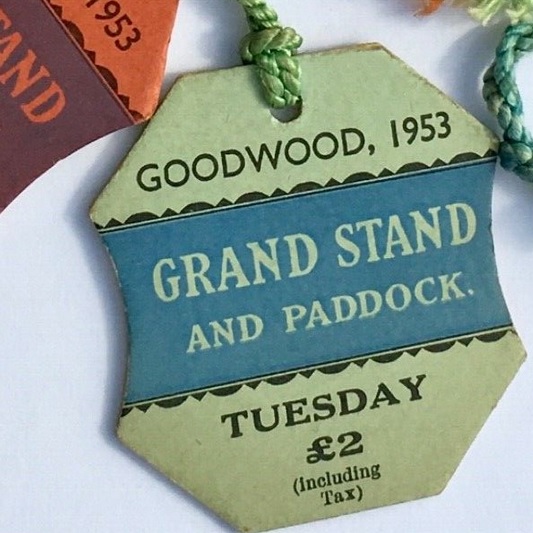
1693-1697
In 1693 the Earl of Shrewsbury, Charles Talbot and William Rowley purchased Goodwood for £3,500, equivalent to £420,000 in 2020, from the 2nd Earl of Middleton, the uncle of the Earl of Shrewsbury. Charles Talbot was a supporter of William of Orange, and Mary, during the Glorious Revolution.
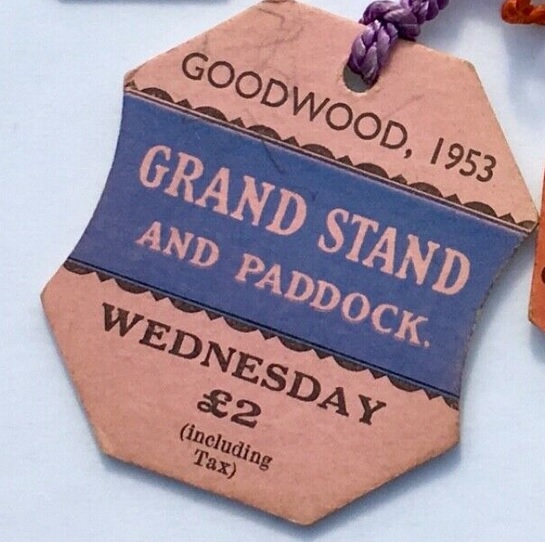
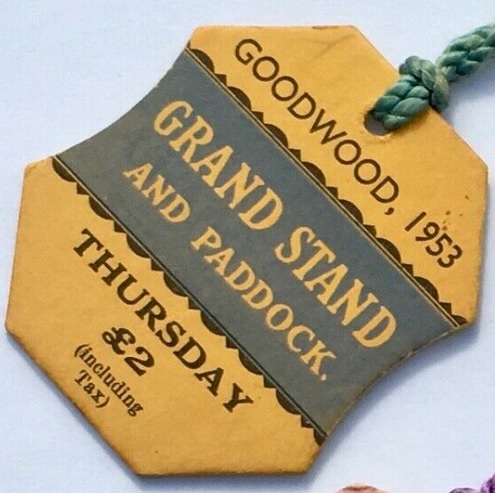
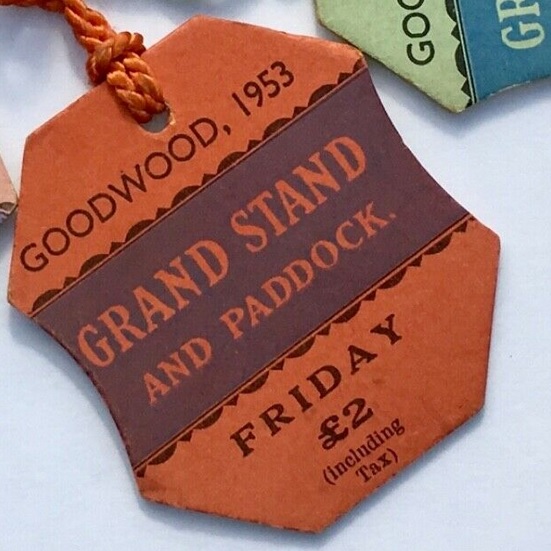
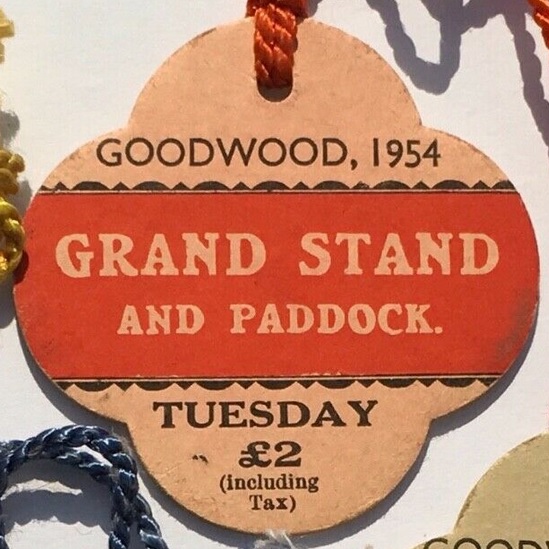
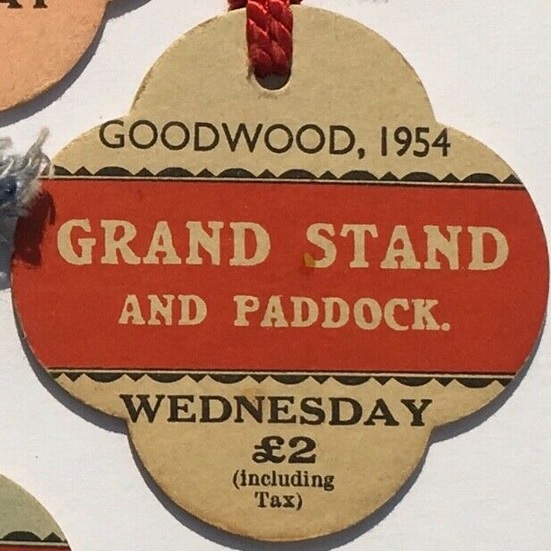
The French beauty Louise de Keroualle was one of King Charles II’s favourite mistresses, producing a son Charles on 29th July 1672. She was later made Duchess of Portsmouth, while her son was granted the title Charles Lennox, Duke of Richmond in August 1675 aged 3. It was the fourth creation of the Dukedom of Richmond, the earlier versions being created in 1525, 1623 and 1641. Shortly after receiving his first title he was further honoured with the title Duke of Lennox. Charles married Anne Brudenell, daughter of Lord Brudenell, on 8th January 1692 and they had 3 children, Charles Lennox, Lady Louisa Lennox and Lady Anne Lennox. The 1st Duke of Richmond and Lennox purchased Goodwood for £4,100, (equivalent to £440,000 in 2020) on 20th June 1695, although he did not make full payment for it until 24th June 1697, and it was only on 23rd December 1697 that he finally received the deeds showing his ownership. At this stage Goodwood House was little more than a hunting lodge used by the Duke when hunting in nearby Charlton, and the estate was not vast at this time, extending to the land in the near vicinity of the house, and farm land in Boxgrove and East and West Hampnett. The 1st Duke’s great sporting passion was cricket, which had begun to develop as a major sport in England. One of the earliest ‘great matches’ reported in the newspapers of the day took place in Sussex in 1697 and almost certainly involved the Duke. The newspaper reported in 1697,’ In the middle of last week a great cricket match was played in Sussex when there were 11 a side and the stakes were for 50 Guineas apiece’. Although the Goodwood Estate later boasted its own cricket pitch, this early match was held elsewhere. The 1st Duke died on 27th May 1723 and the title passed to his eldest son.
During the period when the 1st Duke held the title cricket and hunting were the most important sports.
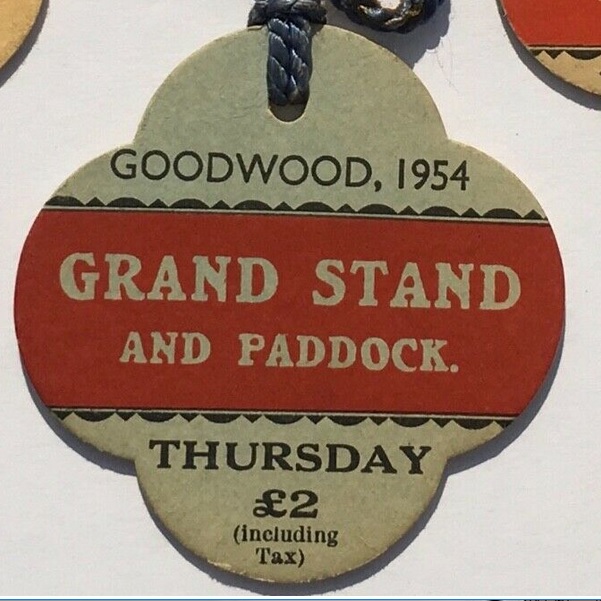
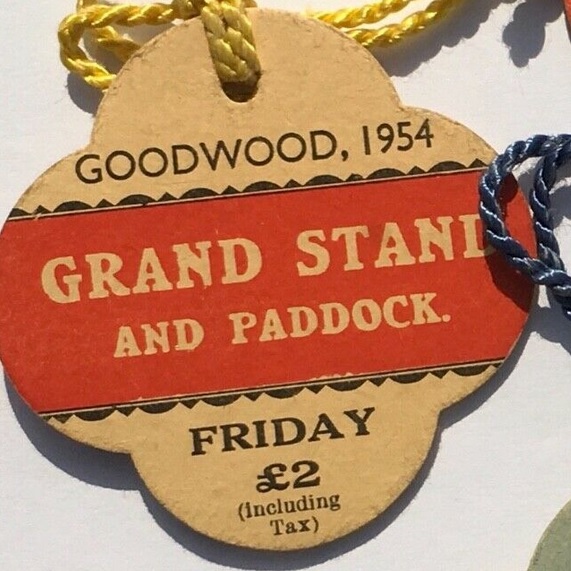
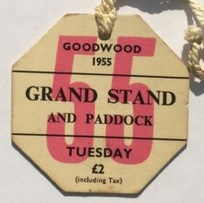
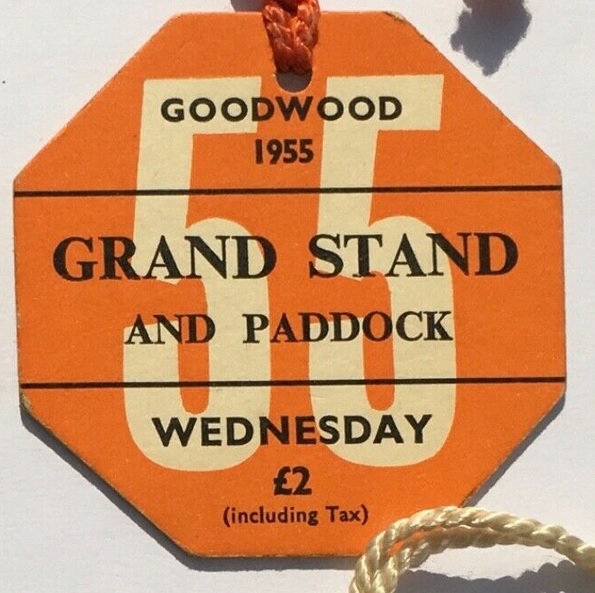
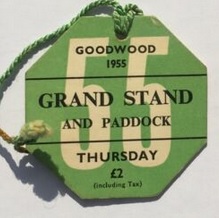
2nd Duke of Richmond, Charles Lennox (18th May 1701-8th August 1750)
The second Duke of Richmond, Charles Lennox, was born at Goodwood House on 18th May 1701 the only son of the 1st Duke of Richmond and his wife Anne Brudenell, and was made Lord March at birth. He inherited a passion for cricket from his father, his enthusiasm for the game was influential in transforming it from village green pastime to a first-class sport enjoyed throughout the country. When his father died on 27th May 1723 Charles became 2nd Duke of Richmond, and it was during his early years as Duke that he fully involved himself in the game, surrounding himself with some of the earliest professional players and captaining his own team. Indeed, many of the patrons of up-and-coming Cricket teams at this stage in the development of the game were wealthy noblemen who liked to gamble, with matches played for side stakes. Charles recognised the talents of the 3 Newland brothers, Richard, Adam and John, from the Sussex village of Slindon, in Arun, bordering the Goodwood Estate, and thought he could build an impressive team around the 3 brothers. In one match in the summer of 1741 the Slindon village team took on a Surrey county team at Merrow Down, near Guildford, and defeated them. In 1719, when the Duke was only 18, he married the then 13 year old Lady Sarah Cadogan, daughter of the 1st Earl of Cadogan, on 4th December 1719 at The Hague in the Netherlands. The couple had 12 children over a 27 year period, the first of which was Georgiana Carolina Lennox in 1723, the first born son being Charles Lennox who only lived for a short time, and the third born son being Charles Lennox, later the 3rd Duke, who was born on 22nd February 1735. In 1725 the Duke brought a wide variety of wild animals to the Goodwood Estate, setting up what today would be called a zoo. Many of the animals were kept securely behind iron gates, including bears, a tiger, ostriches, magnificent eagles and a lion. However, the lion did not live for very long and was buried in the High Wood, his grave being marked by a life size statue of a lion. In giving most of his time and energy to cricket the 2nd Duke did not greatly develop the Goodwood Estate, although in 1730 he did add to the Estate by purchasing the manors of Charlton and Singleton, which included the forests at Charlton and Singleton. This allowed the Duke to further pursue his interest in hunting, so much so that the Duke bought Fox Hall, a hunting lodge in the hamlet of Charlton, in 1732 and Charlton quickly became one of the most important hunts in the country. The Duke and his wife, Lady Sarah, were keen to develop the Park on the Estate, planting cork trees, oaks, beech trees and cedars. The 2nd Duke died on 8th August 1750 and Lady Sarah died within a year of his death.
During the period when the 2nd Duke held the title cricket became the main sport associated with Goodwood, but a great variety of trees were planted around the Estate and there was a menagerie for a short period.
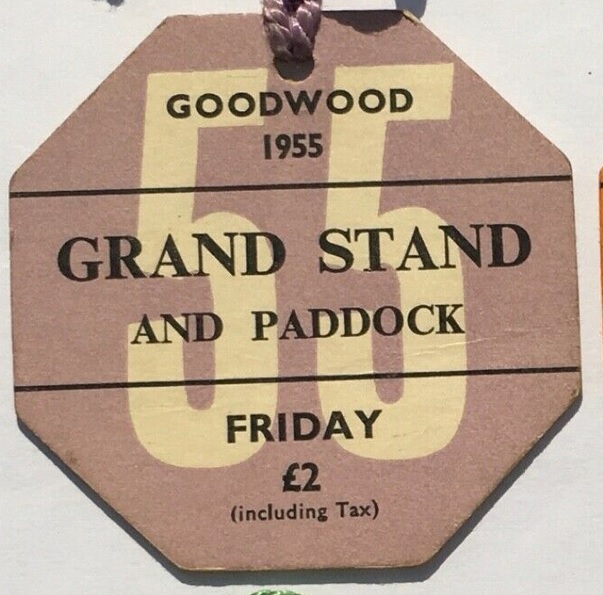
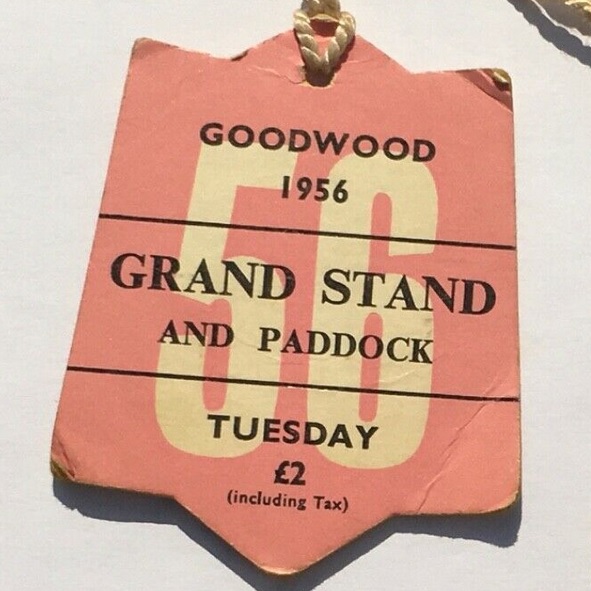
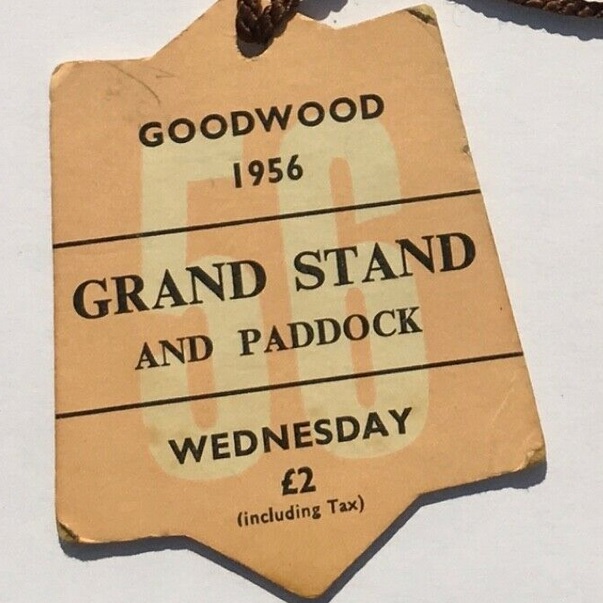
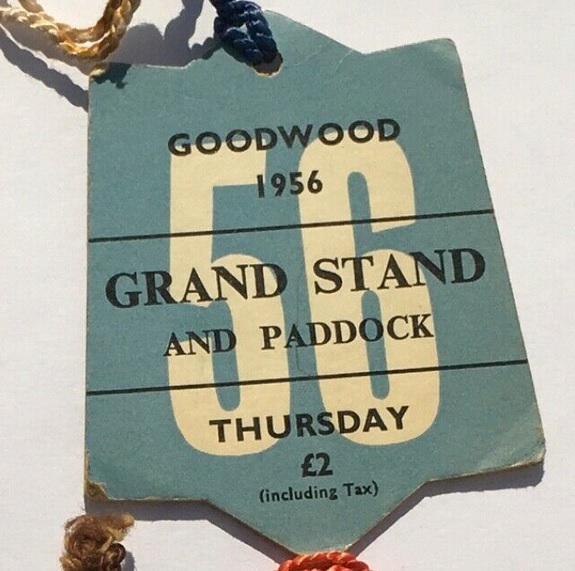
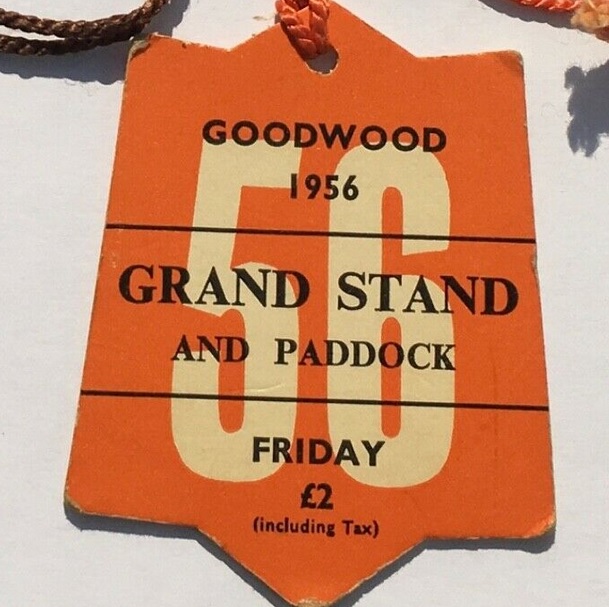
3rd Duke of Richmond, Charles Lennox (22nd February 1735-29th December 1806)
The third Duke of Richmond, Charles Lennox, was born in Westminster on 22nd February 1735, son of the 2nd Duke of Richmond and his wife Sarah Cadogan, daughter of the 1st Earl of Cadogan, becoming the Earl of March until inheriting the title of 3rd Duke of Richmond aged just 15 on the death of his father on 8th August 1750. At the time the Estate comprised about 1,100 acres of land. He was educated at Westminster School and Leiden University before joining the Regiment of Foot where he became Colonel in May 1758, and later Field-Marshall. On 1st April 1757 he married Lady Mary Bruce, daughter of the 3rd Earl of Ailesbury, Charles Bruce, although the couple did not have children. In 1760 he made his first major decision regarding the development of the Goodwood Estate by commissioning Sir William Chambers to build a new Goodwood House made of Portland stone, whilst simultaneously asking Chambers to build extensive stables on the Estate. In 1765 he bought the Halnaker Estate for £48,000 which, at one time, had encompassed Goodwood. The purchase of Halnaker meant that the Estate now stretched over Atherington, Barnham, Boxgrove, Brimfast, Climping, East Dean, East Lavant, Mid-Lavant, North Mundham, Oldbury, Seabeech, Westhampnett, West Preston and Woodcote. In 1787 the Duke moved his foxhounds, hitherto at Charlton, to be housed on the Goodwood Estate in a kennel block designed by a young and up and coming architect James Wyatt. The Bath Chronicle and Weekly Gazette provided a detailed description of the newly completed kennels, commenting ‘The Duke of Richmond's dog-kennels, by far the finest in Europe, is now finished; it is all rustic stone, pale yellow stone and flint and with somewhat of the Tuscan character. It is a proper distance from the main House so as not to offend, and the façade, which is singular and striking, bottoms one whole lawn, and is a point from the house so splendid as to surprise. The who building is on arches, made to favour the wells which supply it with fresh water, and the drains that carry off what is not fresh. The front has a spacious entrance in the centre; two feeding rooms, two breeding rooms, two rooms for the dogs to sleep in; two for those that are not well, with other dependencies for those that are sick. The floor of each is well contrived, as to air, hanging level, and gutters on all sides. At the back of the buildings are rooms for whipper-in and huntsmen, as well as courts for the dogs to exercise. The 3rd Duke furnished all of the drawings himself and the whole is reported to have cost £10,000.’ In the event, the cost was closer to £6000. At this point in time the hounds probably enjoyed superior accommodation to those residing at the House, with every luxury provided to meet their every need. On one side of the large rooms were vast iron plates which were heated from behind by large fires to provide heat throughout the winter, and the whole was seen by Viscount Palmerston on a visit and led him to comment, ‘the dog kennels are in a style of elegance unknown hitherto to that species of building’. On Sunday 30th July 1797 a most severe thunderstorm, which included large hailstones, broke every pane of glass in the Duke's celebrated kennels, although they were all replaced. Much later in time the kennels were used as a clubhouse to the golf course on the Estate. After his retirement the Duke devoted his life to developing the first racecourse on his Goodwood Estate where the inaugural meeting was held in April 1801, although the meeting was only organised as a favour to the Sussex Militia who had previously held meetings at Petworth on land owned by Lord Egremont, and the good Lord decided that he would not allow a meeting to be held at Petworth in 1801. By the time of the 3rd Duke’s death on 29th December 1806 the Goodwood Estate covered over 17,000 acres.
During the period when the 3rd Duke held the title the racecourse was launched, the first grandstand of sorts was built around the present day 3-furlong marker, and a Silver Cup was mooted. In 1787, well before the racecourse was developed, the Duke decided to move his foxhounds from Charlton onto the Goodwood Estate and built the most magnificent kennels to house them. The Duke was certainly a Member of the Jockey Club by 1756 until his death in 1806.
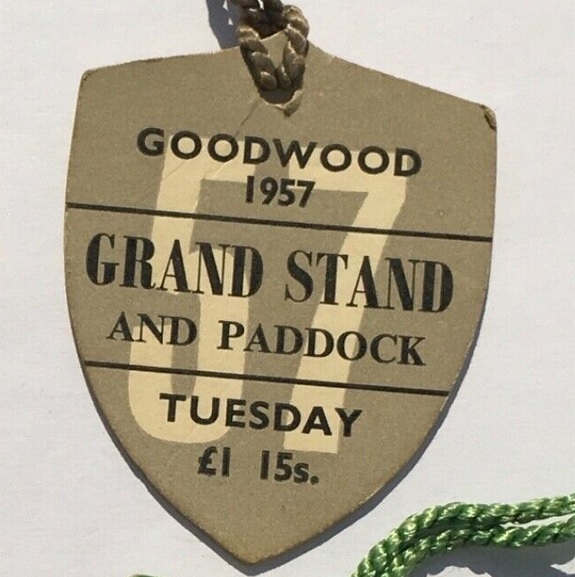
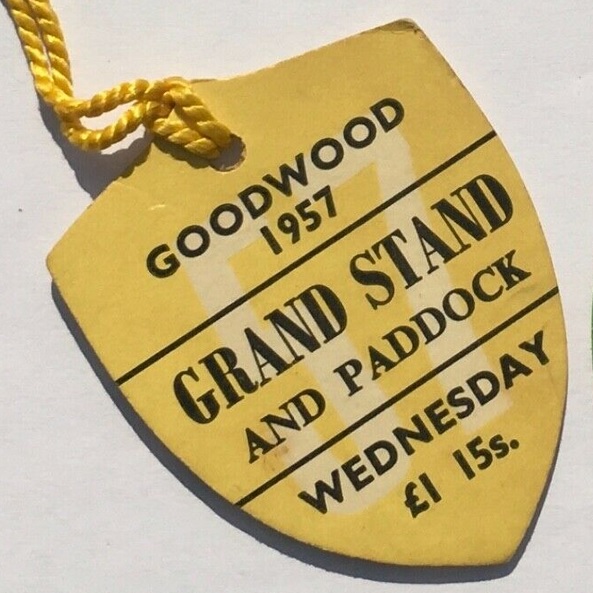
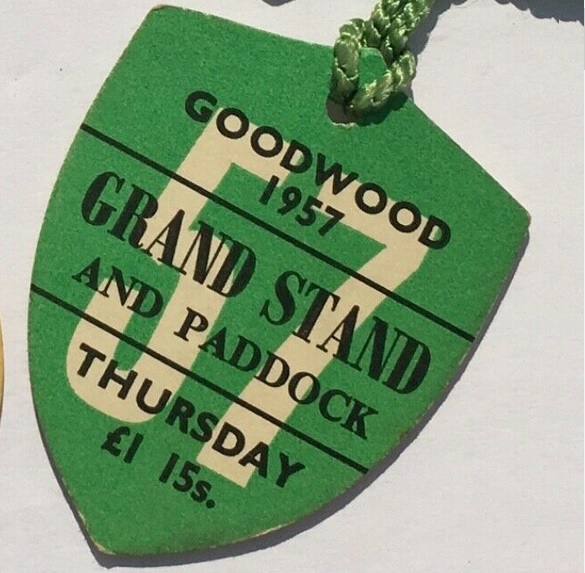
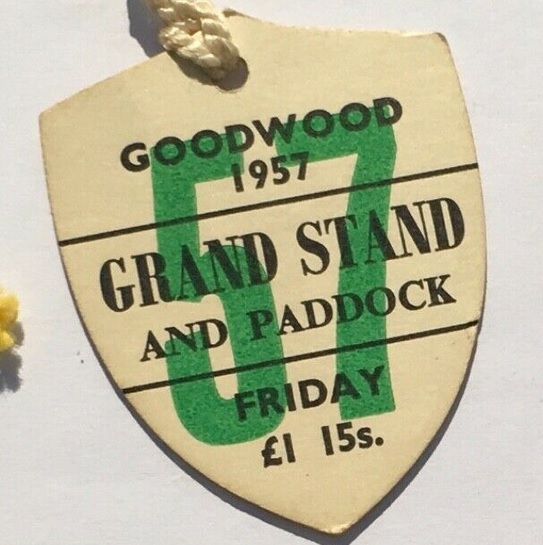
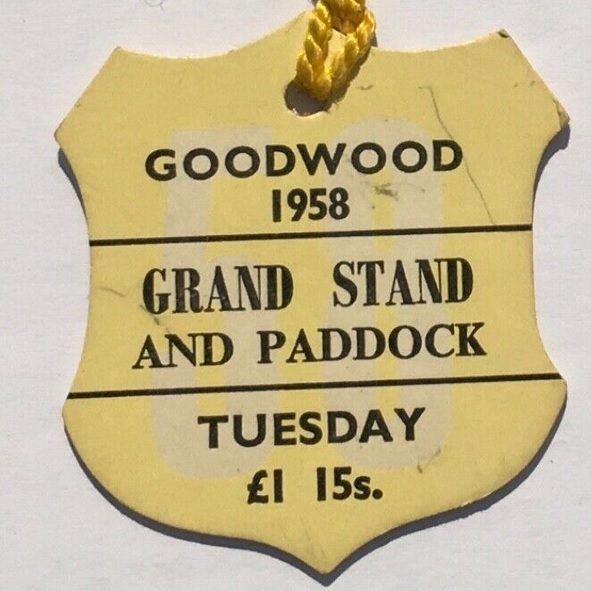
First meeting in 1801
The earliest record of racing in the vicinity of Goodwood was in April 1801 when the 3rd Duke of Richmond, ably supported by the Goodwood Hunt, staged a two-day programme on a newly designed course on a section of his estate known as The Harrowby, about 3 furlongs from the site of the current grandstand. Prior to this date racing had taken place at nearby Petworth Park, enabling Officers of the Sussex Militia, of which the Duke of Richmond was a Colonel, to hone their riding skills. However, the Park was owned by the Earl of Egremont, and he refused permission for the races to continue, at which point the Duke of Richmond stepped in and offered part of his Goodwood Estate. The inaugural meeting was attended by a crowd in excess of 15,000 described as splendid and numerous, with the Duke providing 6 roomy tents in each of which a cold collation, consisting of every delicacy of the season including ice, was served. The Stewards at the meeting were Mr Poyntz and Mr Blake, and the Duke was keen for this inaugural meeting to be at least as good as those held in Newmarket, with the course kept free of the usual obstructions, especially horseback spectators riding alongside horses engaged in the races. There was considerable concern, amongst the crowd, about the Duke’s health, for he was certainly struggling from the effects of gout, and he remained in the tent at all times before returning to his bed immediately the meeting ended. To his great disappointment the Prince of Wales, who had signalled his attention to be at the meeting, was instead at nearby Uppark and left for London rather than visiting the meeting. However, he did subscribe to the meeting next year and had every intention of attending. After racing on the first day had ended, the evening entertainment was a theatre production, whilst a Ball was held in The Swan after the final days racing. Such was the success of the meeting that the Duke of Richmond announced that he would build a very elegant Stand in readiness for the 1802 meeting.
Monday 27th April 1801
Hunters Subscription Plate (£50) over 2 miles
1. PANTAGRUEL, bay gelding owned by Captain Newberry and ridden by Mr Barnes 2 1 1
2. PATROCLUS, bay gelding owned by Sir C Burrell 1 2 2
3. STOIC, bay gelding owned by Major Douglas 3 3 3
4. SKYSCRAPER Mare (6/4 fav) owned by Mr Halsted 5 4 4
5. UNNAMED bay gelding owned by Mr Hemming 4 dist
6. CLERGYMAN, black gelding owned by Mr Byndloss wdr
7. OXYGEN, chestnut horse owned by Miss Le Clerc wdr
Goodwood 50 Guineas Match
1. COUNTESS, grey mare owned by Mr Byndloss
2. KISS MY LADY, chestnut gelding owned by Captain Newberry
Goodwood 10 Guineas Sweepstake over 2 miles for gentlemen who have hunted with the Duke of Richmond
1. WOODPECKER Gelding owned by the Duke of Richmond and ridden by Mr Delme
2. CRIPPLE (4/6 fav), bay horse owned by Mr Byndloss
3. PEGASUS Colt owned by Mr Hemming
4. UMPIRE, bay gelding owned by Mr Mootham
Tuesday 28th April 1801
Hunters £50 Plate over 2 miles for gentlemen carrying 10st
1. GOODWOOD (6/4 fav), bay horse owned by the Duke of Richmond and ridden by Mr Delme 1 1
2. COUNTESS, grey mare owned by Mr Byndloss 2 2
3. CONSTELLATION, chestnut gelding owned by Mr Deer 3 4
4. UMPIRE, bay gelding owned by Mr Mootham 4 3
5. HERMIT, bay gelding owned by Mr Hemming 5 wdr
6. DRIVER Mare owned by Mr Hemming wdr
Selling Sweepstakes (20 Guineas) over 2 miles for non-professional riders
1. DRIVER, grey mare owned by Mr Creswell 2 1 1
2. CICESTRIA, brown mare owned by Mr Johnson 1 3 2
3. UNNAMED bay mare owned by Mr Waldock 3 wdr
4. SKYSCRAPER Mare (7/4 fav) owned by Mr Halsted 4 wdr
5. HERMIT, bay gelding owned by Mr Hemming 5 4 4
6. DRIVER horse owned by Mr Cockburn 6 5 3
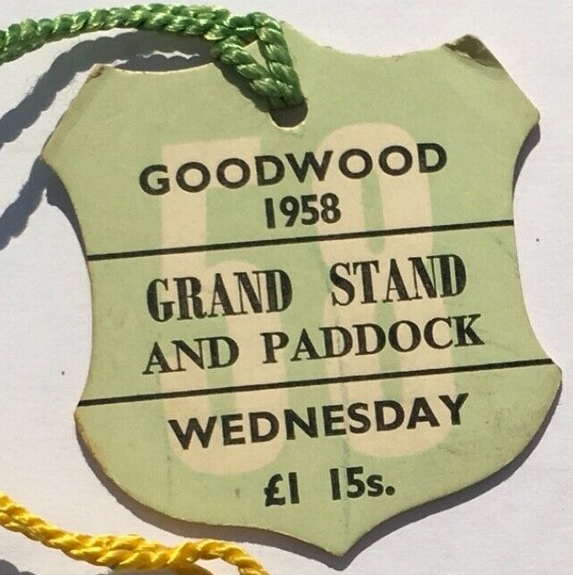
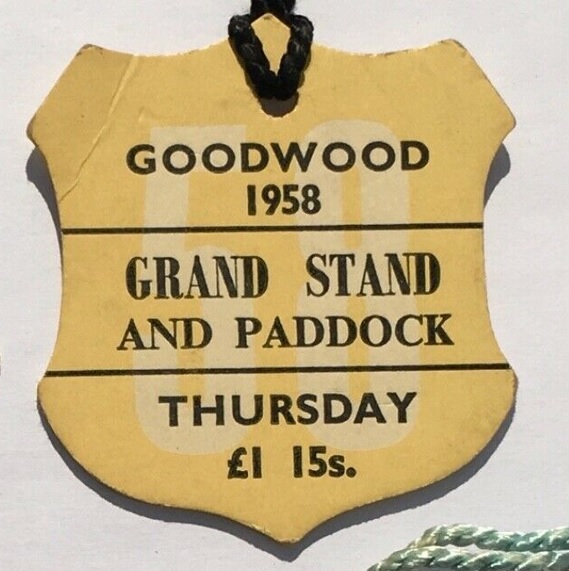
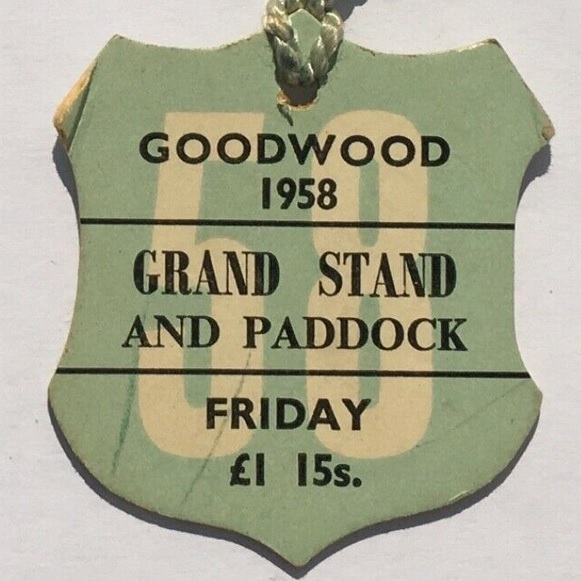
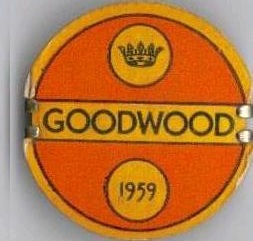
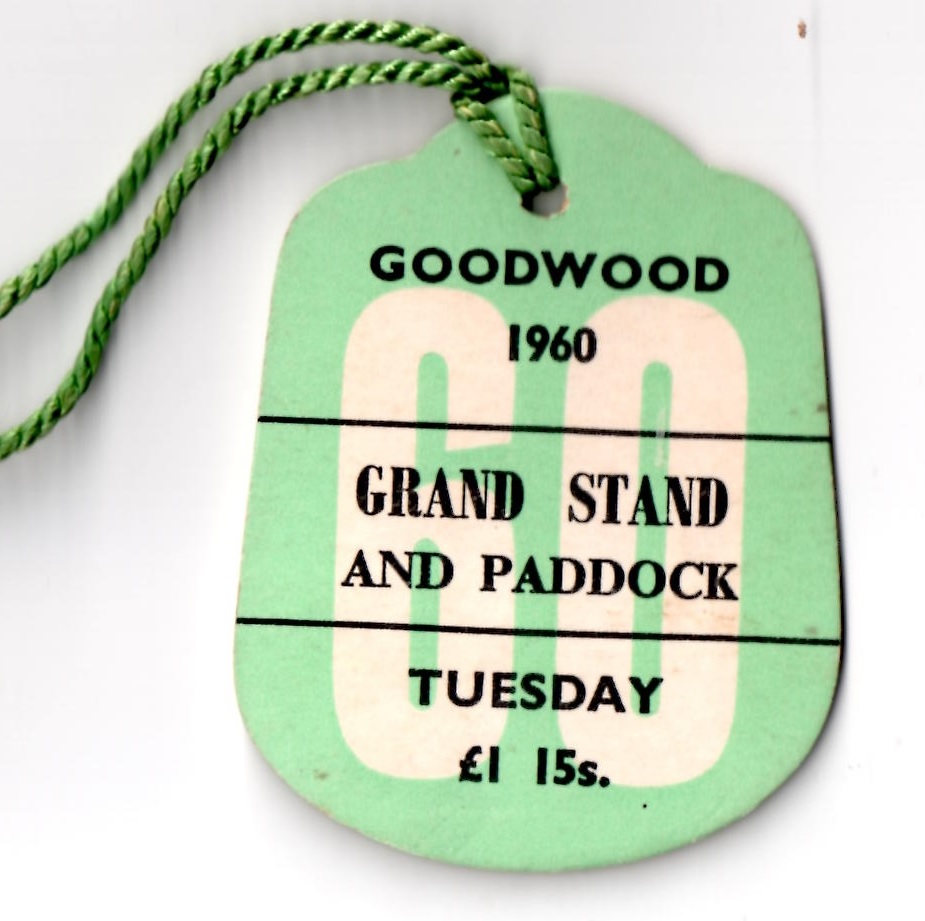
Second meeting; first Grandstand; Prince of Wales in attendance
The second meeting at Goodwood promised significant improvements on the inaugural meeting, not least because the meeting was extended to 3 days, the Duke of Richmond had built a wooden Grandstand, primarily for the Ladies and his distinguished guests, and the Prince of Wales was in attendance as he had pledged the previous year. The Prince of Wales even defeated the Duke of Richmond in a Match on the final day. Despite 3 of the 5 thoroughbred Classics being well-established, the St Leger for 26 years, the Oaks for 23 years and the Derby for 22 years, the programme at Goodwood was advertised for the ‘recreation of neighbouring landowners and hunting folk’, relying heavily on its links with the nearby Hunting Club, the first of the present day Glorious Goodwood races, the Goodwood Cup, was still 6 years from its launch. The three-day meeting was staged from Wednesday 28th to Friday 30th April 1802, with Theatre productions on each of the first two evenings, and a celebration Supper and Ball held at Chichester on Friday 30th April 1802.
Wednesday 28th April 1802
Charlton Hunting Club 20 Guineas Subscription over 2 miles
1. PANTAGRUEL (1/10 fav) owned by Mr Newberry 1 3 1
2. CORNWALLIS owned by Mr Harrison 3 1 2
3. PATROCLUS owned by Sir C Burrell 4 2 wdr
4. TOM O’LYN owned by Mr Burrell 2 wdr
Between the Heats £50 Match over 2 miles
1. CHIP (2/1) owned by Mr Humphrey
2. FLIRTILLA (1/3 fav) owned by Mr Trew
Goodwood 10 Guineas Sweepstake over 2 miles
1. CEDAR owned by Duke of Richmond
2. BROWN BREAD owned by Mr Byndloss
3. SETTLE owned by Lord Egremont
Hunters £50 Plate for gentlemen riders
1. ELEVATOR owned by Mr Gage 1 1
2. YOU KNOW ME owned by Duke of Richmond 2 2
3. OTTILIA owned by Mr Creswell 3 wdr
You Know Me was long odds-on at the outset, but after the first heat he and Elevator were Evens joint favourites; a good race ensued and Elevator held off the late challenge of You Know Me by half a neck.
Between the Heats £50 Match over 2 miles
1. SIR SIMON owned by Mr Byndloss
2. GOODWOOD owned by Duke of Richmond
Thursday 29th April 1802
City of Chichester 3 and 4-year-old £50 Plate
1. MR GILES (3/1) owned by Mr T Bullock 3 1 1
2. UNNAMED bay horse (5/4 fav) owned by Lord Egremont 1 3 2
3. SALLY owned by Mr Paine 2 2 3
Goodwood Ladies 60 Guineas Plate
1. BOB TAIL owned by the Earl of Egremont walked over
Goodwood 60 Guineas Ladies Plate
1. MYSTERY (5/100 fav) owned by Mr Ladbroke 1 1
2. BROWN BESS (10/1) owned by Mr Byndloss 2 2
Goodwood Owners ridden 20 Guineas Sweepstake
1. GLOW WORM owned and ridden by Mr Du Pre
2. CADWALLADER owned and ridden by Mr Maitland
3. HAND GRENADE owned and ridden by Major General Lennox
Friday 30th April 1802
City of Chichester £50 Plate
1. MYSTERY owned by Mr Ladbroke
Goodwood Hunters £50 Plate
1. YOU KNOW ME (Evens jt fav) owned by Duke of Richmond 1 1
2. ELEVATOR (Evens jt fav) owned by Mr Gage 2 2
3. OTTILIA owned by Mr Creswell 3 3
Goodwood 100 Guineas Match
1. REBEL owned by Prince of Wales
2. CEDAR owned by Duke of Richmond
Goodwood 50 Guineas Match
1. CHARLES owned by Major Maxwell
2. ELIZA owned by Major Lennox
Goodwood £50 Plate
1. HIGH OVER owned by Sir Charles Burrell 1 1
2. SKYSCRAPER owned by Mr Halstead 2 2
3. BLACKBERRY owned by Mr Byndloss 3 3
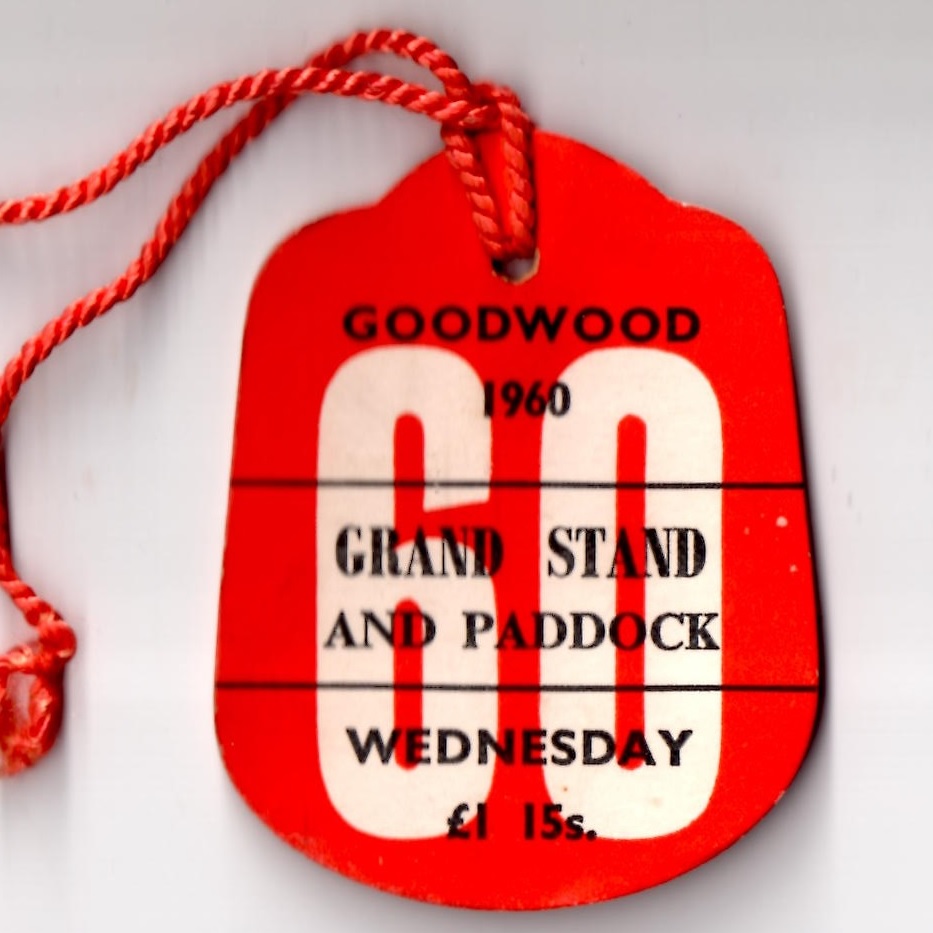
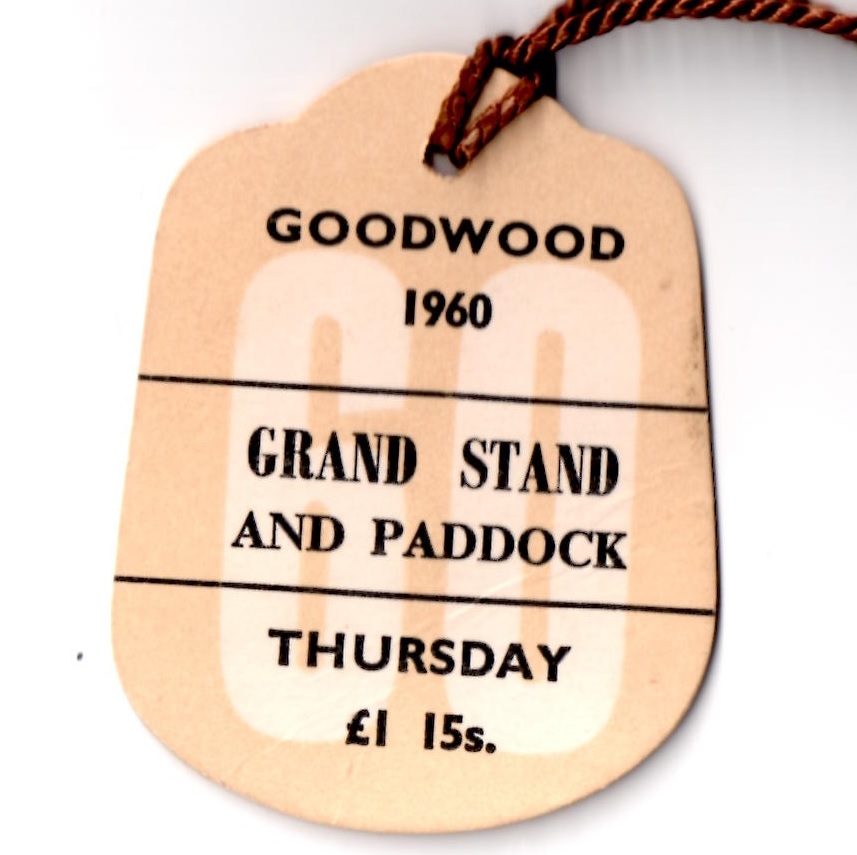
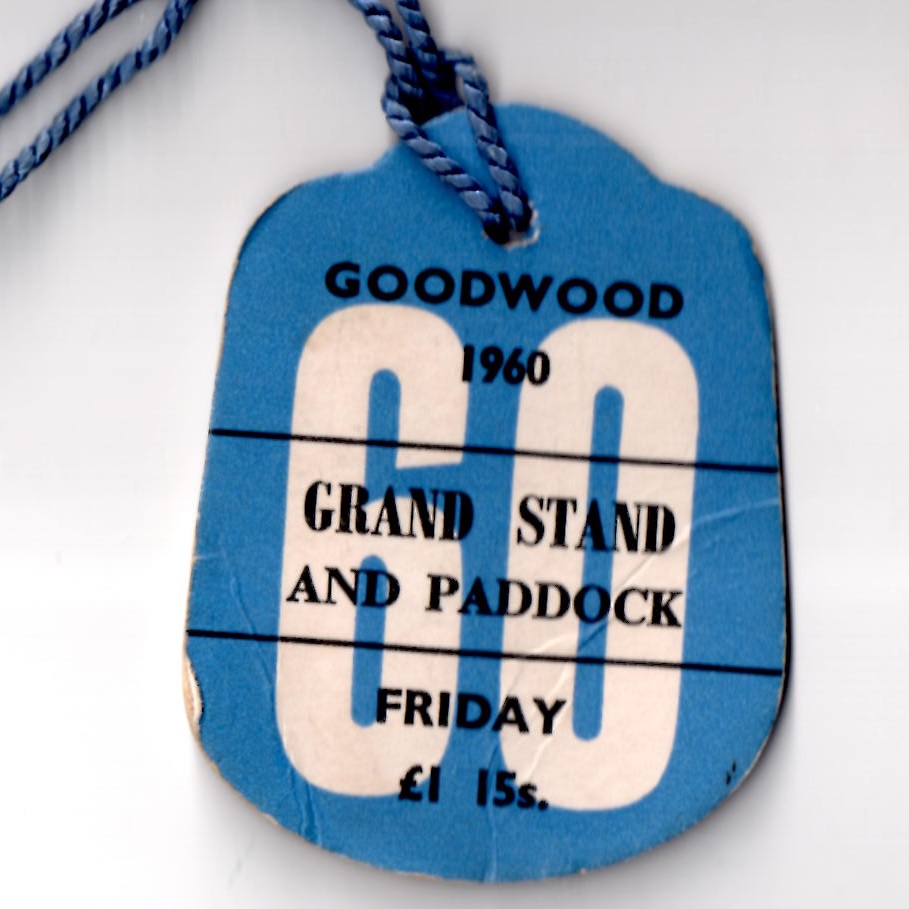
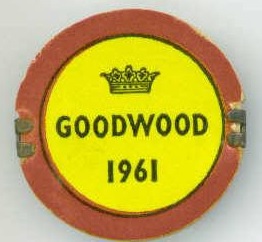
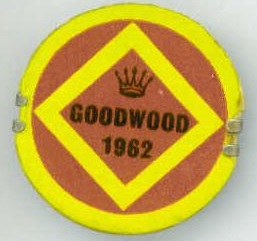
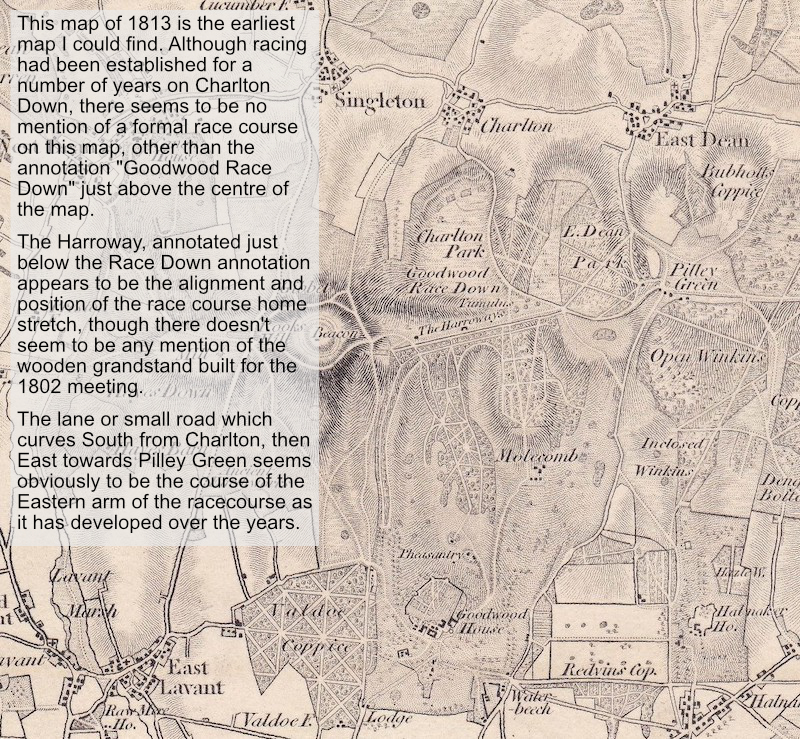
4th Duke of Richmond, Charles Lennox (9th December 1764-28th August 1819)
The fourth Duke of Richmond, Charles Lennox, was born on 9th December 1764, the son of General Lord George Lennox who was the younger son of the 2nd Duke of Richmond. He enjoyed cricket, being an excellent batsman and wicket-keeper who made 55 appearances in first class matches up the end of 1800, and was a founder member of the MCC. Indeed, such was his enthusiasm for the game that he, along with his friend the Earl of Winchilsea, agreed to back Thomas Lord financially if his proposed ground at Lords, opened in 1787, did not prove to be a success. He need not have worried because the ground, although having moved on a couple of occasions since, remains the home of English cricket to this day. In 1789 he married Lady Charlotte Gordon and they had 14 children together, 7 boys and 7 girls, the firstborn being Lady Mary Lennox in 1790, and the eldest son and heir being Charles Gordon-Lennox born 3rd August 1791. He became an MP for Sussex, but on 29th December 1806 he inherited the title of 4th Duke of Richmond on the death of his uncle, the 3rd Duke. By this stage the Estate was greatly enlarged, although the Duke travelled so much that he was able to devote little time to the Estate, nor oversee the completion of the new Goodwood House. In 1818 he was appointed Governor General of British North America, and it was a year later, while touring Upper and Lower Canada, that he was bitten by a fox and contracted rabies, dying from the disease on 28th August 1819. The title passed to his eldest son Charles Gordon-Lennox.
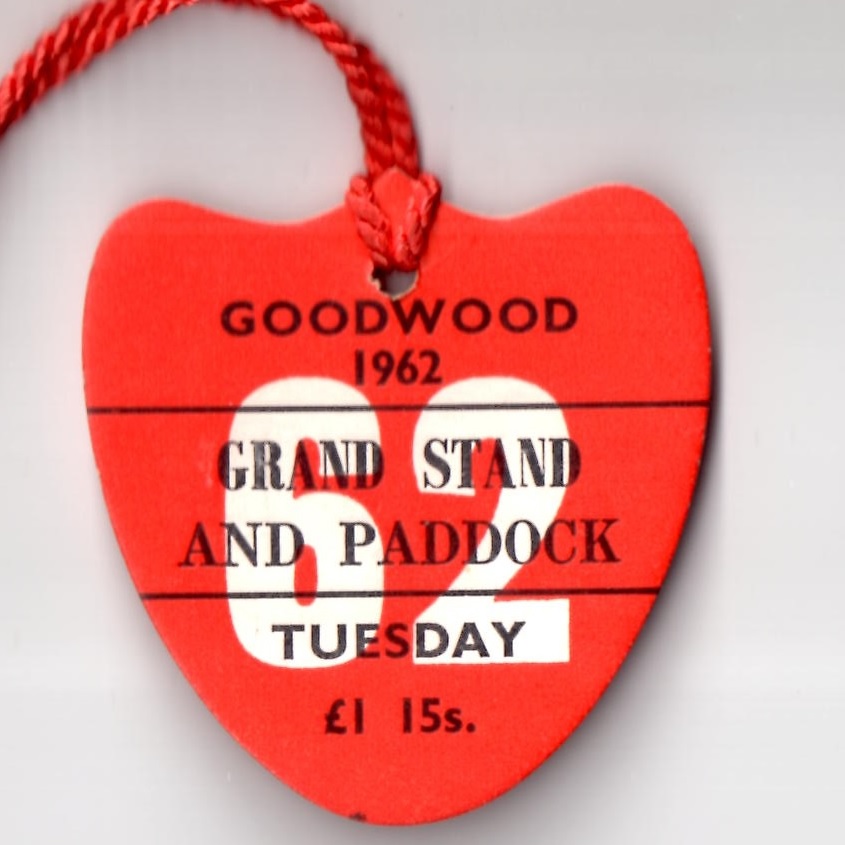
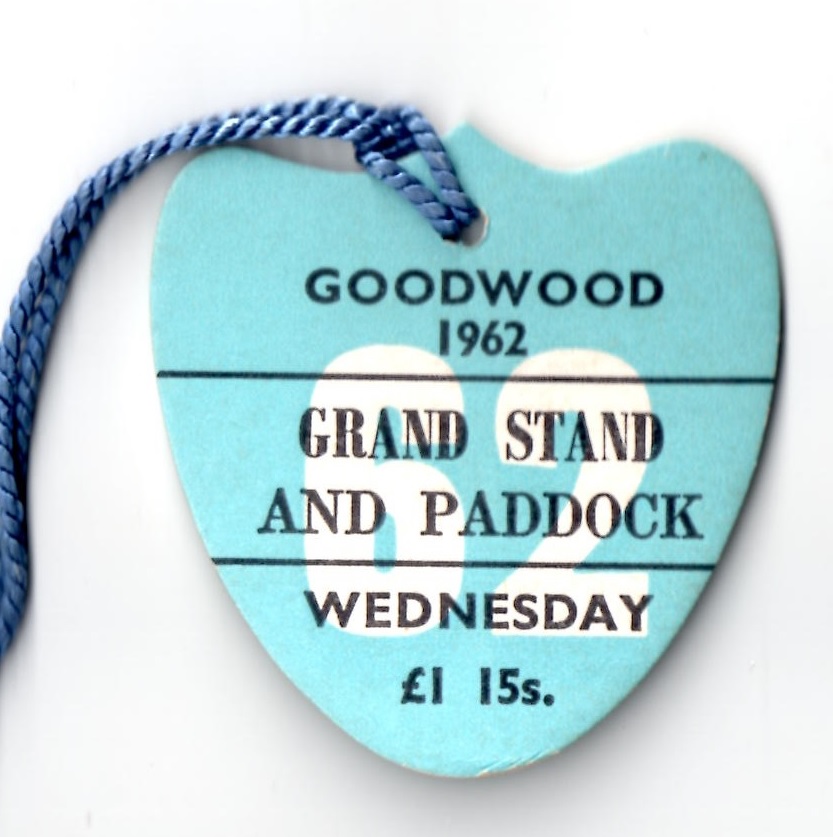
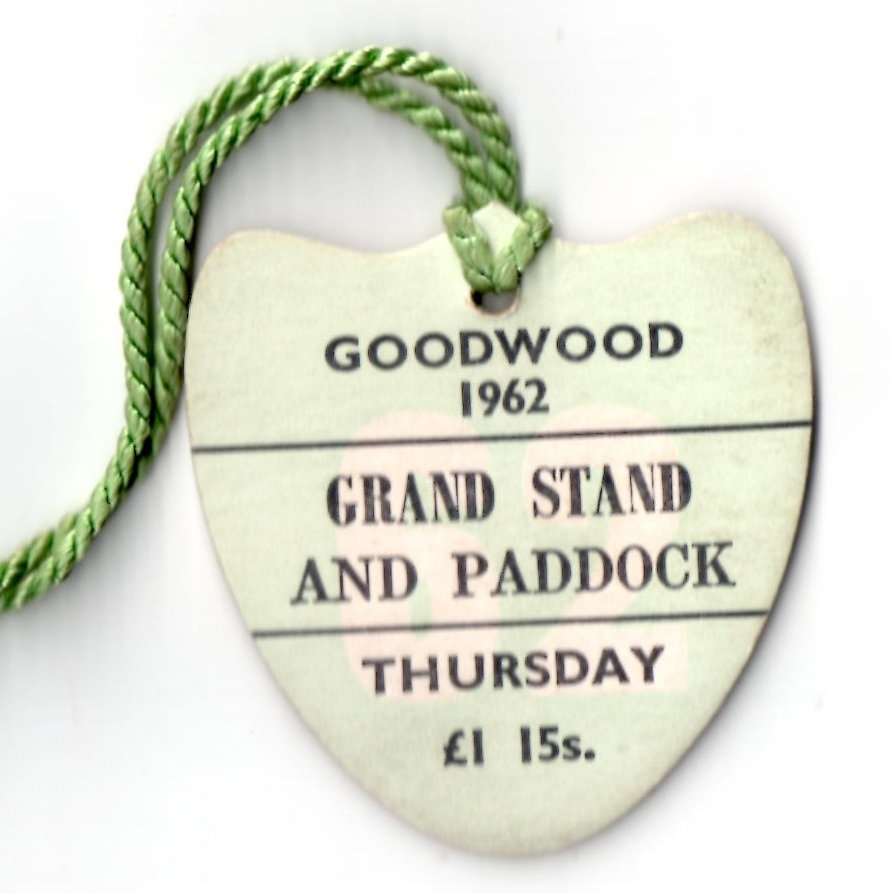
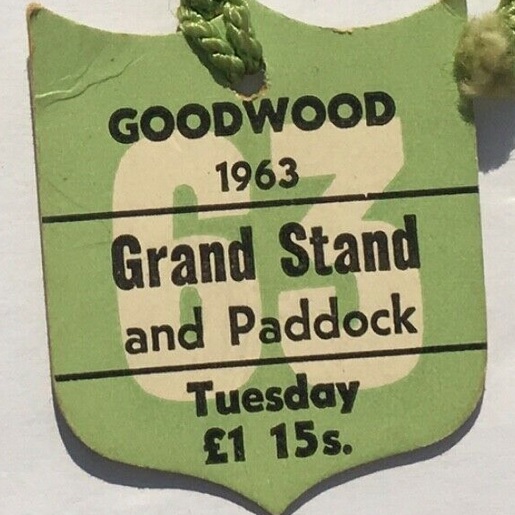
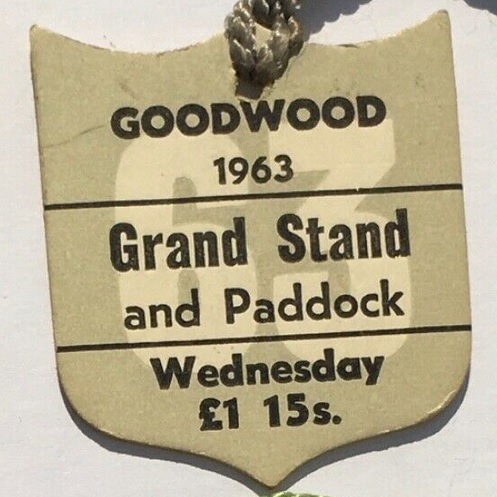
1803-1813 The Challenging Years
While the 1802 races might have been a high point of the early meetings at Goodwood, its future success was in question as a number of factors conspired against it. Britain and France had been at odds for a number of years, although the 1802 Treaty of Amiens led to a period of peace despite constrained relations between the two countries. However, by May 1803 the hostilities against Napoleon resumed and were not settled for 12 years until the Battle of Waterloo gave Britain victory. The 2nd Duke of Richmond had died in 1750 and ever since his death the importance and appeal of hunting at nearby Charlton diminished. The 3rd Duke of Richmond, the driving force behind the Goodwood meetings, reached retirement age in 1800, although he retained his appetite for racing. Crowds were significantly smaller than in 1802, and on the final day of racing in 1803 two of the 3 races were Matches, while the 3rd was a Ladies Plate, with a question mark over whether there would be sufficient funds to pay for the prizes. Meetings subsequently retracted to two days and, on 29th December 1806 the 3rd Duke died without a direct heir. The title passed to his nephew, Charles Lennox, 4th Duke of Richmond who was less enthusiastic about racing. Although a Silver Cup, forerunner of the Goodwood Cup, was introduced in 1808 in a bid to increase the appeal of the meeting, it was won by Bucephalus in the first year against 5 opponents; in the second year Bucephalus defeated a solitary opponent, while in 1810 Bucephalus walked over to secure the Cup for posterity for its owner Mr Trevanion, so no Cup was available for the 1811 meeting. Although the 4th Duke did launch the Goodwood Cup in 1812, the crowds did not return in vast sways, and it was only the decision to move the meeting to July in 1814 which saved the meeting from extinction.
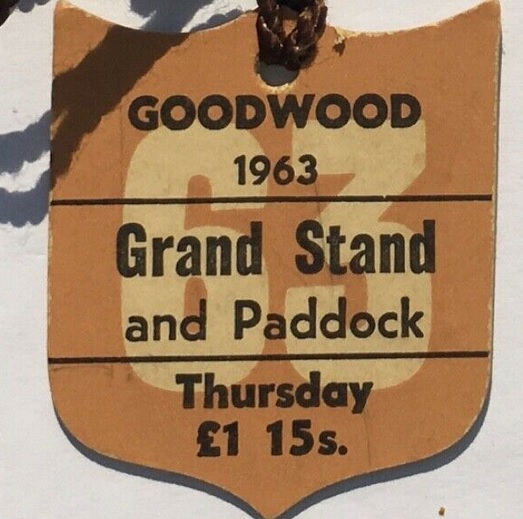
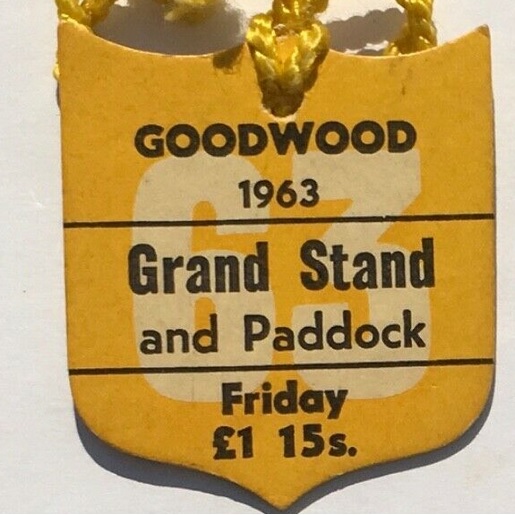
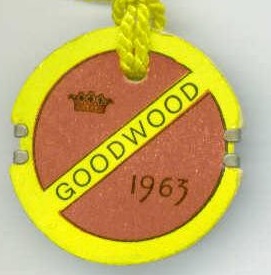
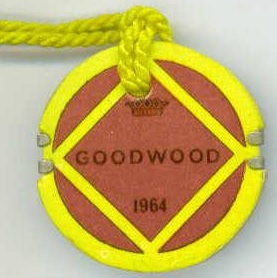
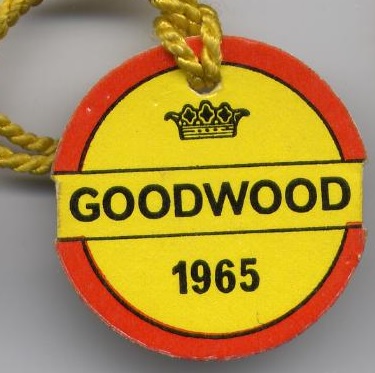
5th Duke of Richmond, Charles Gordon-Lennox (3rd August 1791-21st October 1860)
The fifth Duke of Richmond, Charles Gordon-Lennox, was born on 3rd August 1791, eldest son of the 4th Duke Charles Lennox and his wife Lady Charlotte Gordon. At birth he took the title of the Earl of March, but on his father’s death on 28th August 1819 he inherited the Duke of Richmond title. He was educated at Westminster School and Trinity College, Dublin and married Lady Caroline Paget on 10th April 1817 and the couple had 10 children 5 girls and 5 boys, the first of which was Charles Gordon-Lennox in 1818. It was in 1836 that he inherited the estates of George Gordon, 5th Duke of Gordon, who had no children of his own, and this windfall gave him the means to further extend the Goodwood Estate. Over time he purchased the manors of Bosham, East Hampnett, East Itchenor, East Wittering and Felpham, gaining additional land around Chichester, Funtingdon, Oving, Rumboldswhyke and South Bersted. The Estate was financially sound when he died at Portland Place, Marylebone, on 21st October 1860 and the dukedom passed to his eldest son.
During the period when the 5th Duke held the title the inaugural running of the novelty Cocked Hat Stakes took place in 1823, with the first running of the Molecomb Stakes held in 1829. Although King's Plates had been run elsewhere for almost 2 centuries, the earliest His Majesty's Plate at Goodwood was run in 1831, with King William IV a frequent visitor to Goodwood. In 1833 the Stwards Cup was added to the race programme and proved to be very popular. The Chesterfield Cup (1839), Nassau Stakes (1840) and Sussex Stakes (1841) followed in quick succession, extending the number of quality races which still survive to this day, and 7 years later the inaugural running of the Richmond Stakes took place in 1848. Although the Epsom Derby was first run in 1780, the first Goodwood Derby was not run until 1858, just two years before the death of this Duke, and the race never really took off. The Duke was certainly a Member of the Jockey Club and also enjoyed Classic success on 3 occasions. He won the 1827 Oaks with Gulnare (SR 1830) trained by John Kent and ridden by Frank Boyce, and won the 1845 Oaks and 1000 Guineas with Refraction (SR 1828) and Pic-Nic (SR 1878) respectively. Both were trained by John Kent junior; Refraction being ridden by Henry Bell, while Pic-Nic was partnered by William Abdale.
Goodwood stables; Classic successes, Ascot Magnificent Seven, John Kent senior & junior
Prior to 1817 the 5th Duke’s chosen sport was hunting, but one day he suffered a heavy fall and sustained such injuries that he was advised to refrain from hunting, turning his attention to racing instead and further developing the Goodwood Stables. In 1817, whilst still Lord March, he ran both Hermes and Princess at Goodwood, Hermes defeating a bay gelding owned by Lord Apsley in a 50 Guineas Match over 4 furlongs. Once he became the 5th Duke of Richmond in August 1819 he began increasing his racing stud, appointing John Kent senior as his private trainer in 1823. Kent had gained invaluable training experience working with Richard Dixon Boyce at Newmarket, firstly at his Cheveley Park Stables and then at the stables which later became known as Cadland, but by 1823 he was ready to branch out on his own. In the early years of their partnership Kent and the Duke suffered an injustice on his own racecourse in the 1824 Goodwood Stakes. The Duke fielded Dandizette against 2 rivals and won the race by at least 2 lengths, but he raced on the opposite side of the course to his 2 rivals, Vitellina and Ghost, and when Ghost began leaning on Vitellina as they approached the winning post the Judge, C Greville, became so distracted by the pair that he missed seeing Dandizette pass the post a clear winner and declared Vitellina the winner. Once the Judge announced the result little could be done, but the honourable Lord Verulam, owner of Vitellina, offered the Duke the stakes, realising his horse did not really deserve the victory, but the equally honourable Duke declined the offer. Trainer and esteemed owner had more luck in 1827 when the Duke’s Gulnare (SR 1830) won the Epsom Oaks trained by John Kent senior and ridden by Frank Boyce. Furthermore, the Duke also won the Goodwood Cup that year with Link Boy trained by Kent and ridden by Frank Boyce. Although winning a Classic is every owners dream, in 1829 the Duke achieved a ‘magnificent seven’ at Ascot, recording 3 victories on the first day, Tuesday 30th June 1829, winning the Ascot Gold Cup on Wednesday 1st July, and gaining 3 further victories on Thursday 2nd July. Given that the rest of the meeting was made up of private matches, the Duke won the only 7 multiply contested races. When John Kent junior took over training responsibilities from his father, he and the Duke enjoyed even greater success, winning two Classics in 1845; firstly the 1000 Guineas with Pic-Nic (SR 1878) ridden by William Abdale, and later the Epsom Oaks with Refraction (SR 1828) when ridden by Henry Bell.
Changes to the racecourse between 1829 and 1830; Lord George Bentinck
Lord George Bentinck first became associated with Goodwood in 1824 when he was aged 22 and rode Colonel Poyntz’s chestnut mare Olive to victory in the Cocked Hat Stakes. Five years later he elevated Goodwood to new heights by working with the 5th Duke to radically change the racecourse for the better. Up to, and including, the August 1829 meeting, prominent newspapers of the day wrote, ‘the racecourse has a straight run out, a good hill, a fine turn, and a beautiful straight run in; it is two miles and 316 yards round. The grandstand affords separate accommodation for the mere visitors and the betting men, and stands 712 feet above sea level. From the top a fine view of the Brighton coast is obtained, with the picturesque and highly cultivated ground between. No gaming booths are allowed on the course.’ Then, in the winter months of 1829 Bentinck proposed that the course should be radically changed; with the winning post and stand no longer situated at the present day 3-furlong marker. He suggested extending and widening the plateau of the finishing straight over the hill which led to the hamlet of Charlton, moving it closer to Trundle hill, so providing spectators on the hill with an excellent view of the races. It required bringing in 100’s of tons of earth, relaying more than 16,000 yards of turf, banking the slope for a further 3 furlongs, and extending the course around the bend to provide a pulling up area after the newly repositioned winning post whilst, at the same time, widening it to 26 yards. The person charged with surveying the area and estimating the cost of carrying out such a radical change estimated its cost to be just over £660, which is equivalent in 2022 to £55,000 and which, if true, would have been an absolute bargain. The work began in September, the task being completed by the first week of December, at which point the Duke was in a position to put in a new stand. Newspapers of the day commented,’ The course has been altered at the whole expense of the Duke, who has expended the enormous sum on £7000 on the whole project. His Grace has also made a new road through the park to the course, by which it is now approached from Chichester; we are free to suggest that there is nothing wanting to render the tout ensemble complete. The improvements effected in the racecourse have made it the most complete in this part of the country; the wall that formerly separated the course from the wood has been raised, and the new grandstand has been erected on a site which affords a better view of the running; it is the most compact and elegant stand for its size that has ever been seen.’
For a more detailed look at the work of Lord George Bentinck at Goodwood, moving his horses to be stabled at Goodwood, his extraordinary use of a horse box to carry Elis to win the 1836 St Leger, his later work with the Jockey Club, and his eventual sale of his horses for the knockdown price of £10,000 see The History of the Jockey Club from 1727 onwards.
Major Goodwood success for the 5th Duke of Richmond
1823 Goodwood Stakes DANDIZETTE (dead-heat) ridden by Frank Boyce and trained by John Kent senior
1827 Goodwood Stakes MISS CRAVEN (4/5 fav) ridden by Frank Buckle junior and trained by John Kent senior
1827 Goodwood Cup LINK BOY (7/4 fav) ridden by Frank Boyce and trained by John Kent senior
1828 Goodwood Cup MISS CRAVEN (4/6 fav) ridden by Frank Boyce and trained by John Kent senior
1829 Goodwood Stakes THE ALDERMAN (1/4 fav) ridden by Frank Boyce and trained by John Kent senior
1829 Molecomb Stakes CONVERT 94/7 fav) ridden by Frank Boyce junior and trained by John Kent senior
1831 Goodwood Stakes CONCILIATION (30/1) ridden by Arthur Pavis and trained by John Kent senior
1833 Stewards Cup KETCHUP (3/1 jt fav) ridden by Arthur Pavis and trained by John Kent senior
1841 HM Queen’s Plate THE CURRIER (5/4) ridden by S Rogers and trained by John Kent junior
1844 Sussex Stakes THE LAIRD O’COCKPEN (5/1) ridden by S Rogers and trained by John Kent junior
1845 Sussex Stakes CUCKOO (2/1) ridden by Charles Marson and trained by John Kent junior
1845 HM Queen’s Plate RED DEER (4/7 fav) ridden by Nat Flatman and trained by John Kent junior
1845 Nassau Stakes REFRACTION (6/5 fav) ridden by Henry Bell and trained by John Kent junior
1848 Richmond Stakes HORNPIPE (4/6 fav) ridden by Nat Flatman and trained by John Kent junior
1849 Sussex Stakes COMPASS 94/7 fav) ridden by F Butler and trained by John Kent junior
1852 Chesterfield Cup HARBINGER (5/1 jt fav) ridden by Charlton and trained by John Kent junior
Major Ascot success for the 5th Duke of Richmond
1836 Fern Hill Stakes (Sandringham Handicap) HAVELDAR (4/6 fav) ridden by Frank Boyce and trained by John Kent senior
1845 Ascot Stakes LOTHARIO (16/1) ridden by Nat Flatman and trained by John Kent junior
1848 Ascot Stakes VAMPYRE (4/1 fav) ridden by Kitchener and trained by John Kent junior
1849 Ascot Stakes VAMPYRE (4/1 co fav) ridden by Nat Flatman and trained by John Kent junior
1849 Fern Hill Stakes (Sandringham Handicap) OFFICIOUS (4/7 fav) ridden by Kitchener and trained by John Kent junior
1850 Windsor Forest Stakes (Duke of Cambridge Stakes) OFFICIOUS (walked over)
1851 First Triennial Stakes (Chesham Stakes) RED HIND (6/4 fav) ridden by Kitchener and trained by John Kent junior
1852 Queen Anne Stakes OFFICIOUS (7/2 jt fav) ridden by Nat Flatman and trained by John Kent junior
The 5th Duke of Richmond's Magnificent 7 at Ascot Heath in 1829
Tuesday 30th June 1829
His Majesty’s 100 Guineas Plate over 3 miles
1. HELENUS (3/1) owned by Duke of Richmond, trained by John Kent and ridden by Arthur Pavis
2. PALEMON (5/1) owned by Mr Maberly
3. RAPID RHONE (3/1) owned by Lord George Cavendish
4. BOBADILLA (Evens fav) owned by Lord Sefton
5. SCIPIO (6/1) owned by Mr Burgess
Great Park Stakes 25 sovereigns each over the old Mile
1. HINDOSTAN (4/5 fav) owned by Duke of Richmond, trained by John Kent and ridden by Arthur Pavis
2. EMMELINA (3/1) owned by Mr Gardnor and ridden by A Lad
3. MANOLA (3/1) owned by Mr L Hervey and ridden by S Mann
100 Sovereigns Sweepstake over 2 miles and the distance
1. HINDOSTAN owned by Duke of Richmond, trained by John Kent and ridden by Arthur Pavis
2. KILDARE owned by Mr Scott Stonehewer and ridden by Frank Boyce
3. FATHER LONG LEGS owned by Lord Exeter paid forfeit
4. MEDALLIST owned by Mr Rogers paid forfeit
5. JOHN DE BART owned by Mr Rogers paid forfeit
6. MAECENAS owned by Mr Rogers paid forfeit
Wednesday 1st July 1829
A Gold Cup valued at 100 Guineas over 2 and a half miles
1. THE ALDERMAN (1/2 fav) owned by Duke of Richmond, trained by John Kent and ridden by frank Boyce
2. MARESFIELD (2/1) owned by Lord Mountcharles and ridden by John Day
3. CONJUROR (4/1) owned by Mr Gardnor and ridden by Arthur Pavis
4. FATHER LONG LEGS (10/1) owned by Lord Exeter
5. RASSESLAS (10/1) owned by Lord Mountcharles and ridden by S Mann
6. GLORY (10/1) owned by Mr Scott Stonehewer
Thursday 2nd July 1829
Race Fund 5o Guineas Handicap Plate over the Old Mile
1. HINDOSTAN (4/6 fav) owned by Duke of Richmond, trained by John Kent and ridden by Arthur Pavis
2. CONSTANTINE (10/1) owned by Mr Turner and ridden by S Mann
3. BURLESQUE (10/1) owned by Captain Bulkeley and ridden by Baker
4. POLLIO (8/1) owned by General Grosvenor and ridden by Weatherall
5. MARESFIELD (3/1) owned by Lord Mountcharles and ridden by John Day
6. MANOLA (10/1) owned by Mr L Hervey and ridden by Halloway
Windsor Free Plate of 100 Guineas over 2 and a half miles
1. HINDOSTAN (4/6 fav) owned by Duke of Richmond, trained by John Kent and ridden by Arthur Pavis
2. CORONET (6/1) owned by Lord Mountcharles and ridden by S Mann
3. SUNSHINE (4/1) owned by Mr De Burg and ridden by Norman
4. CONJUROR (10/1) owned by Mr Gardnor and ridden by Spraggs
5. LINKBOY (5/1) owned by Mr Dockeray and ridden by John Day
6. PENULTIMA (10/1) owned by Mr Turner and ridden by Halloway
7. PILOT (10/1) owned by Mr Bulkeley and ridden by Baker
Richmond Residents 50 Guineas Plate over 2 miles and the distance
1. THE ALDERMAN (4/5 fav) owned by Duke of Richmond, trained by John Kent and ridden by Frank Boyce
2. CORONET (6/4) owned by Lord Mountcharles and ridden by John Day
3. CONSTANTINE (10/1) owned by Mr Turner and ridden by S Mann
4. JOB (10/1) owned by Mr Clark and ridden by Weatherall
5. SUNSHINE (10/1) owned by Mr De Burgh and ridden by Dockeray
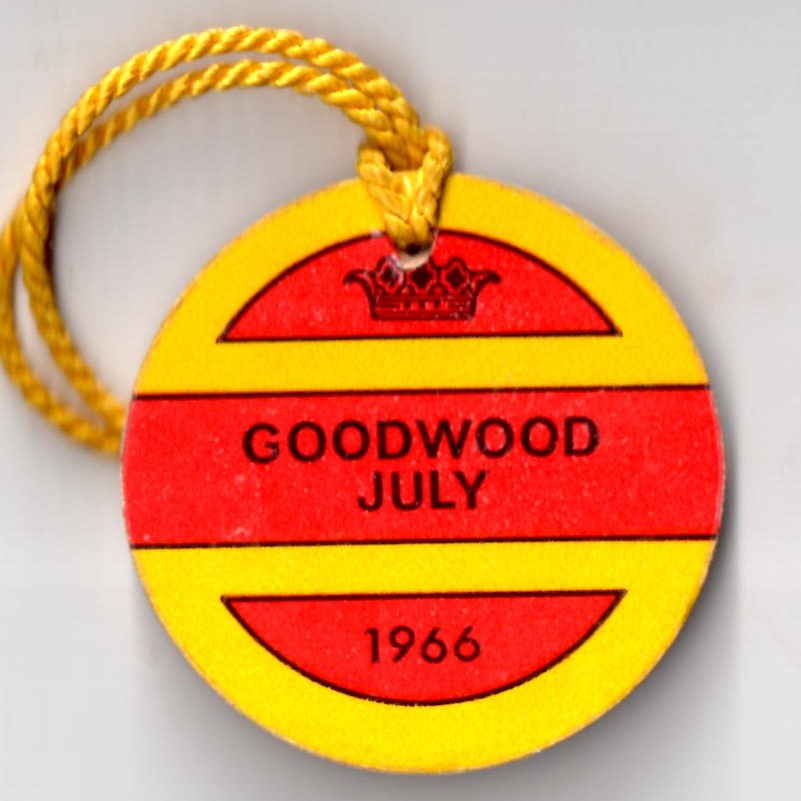
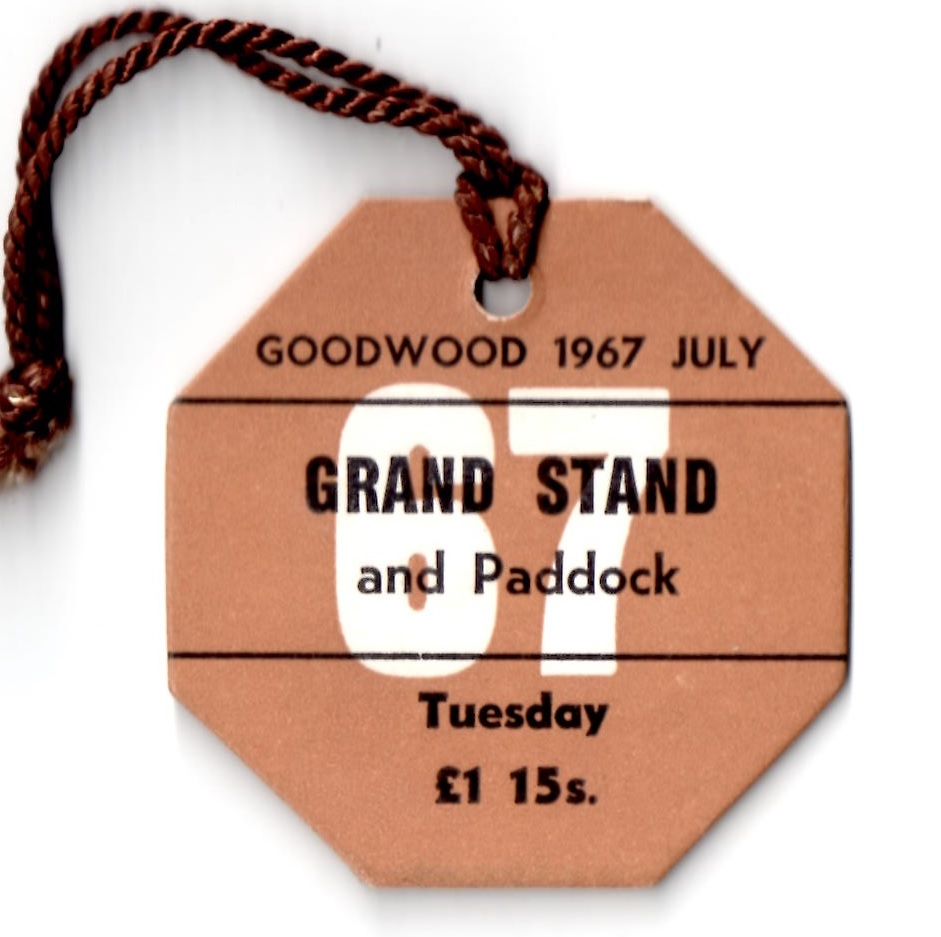
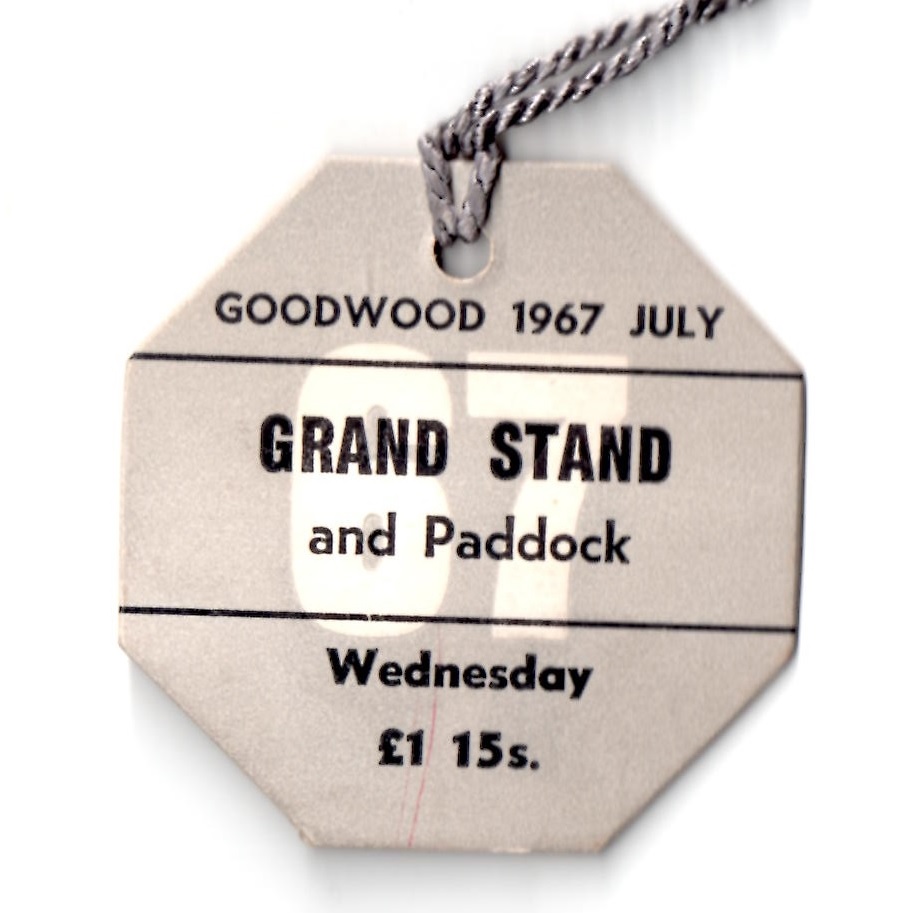
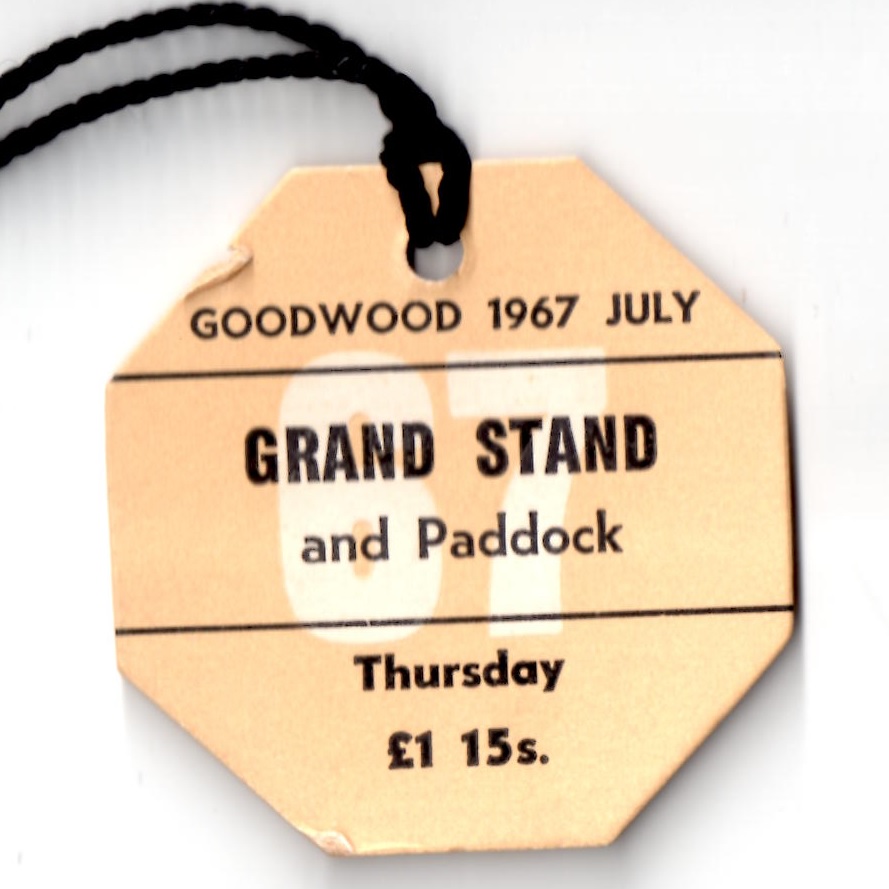
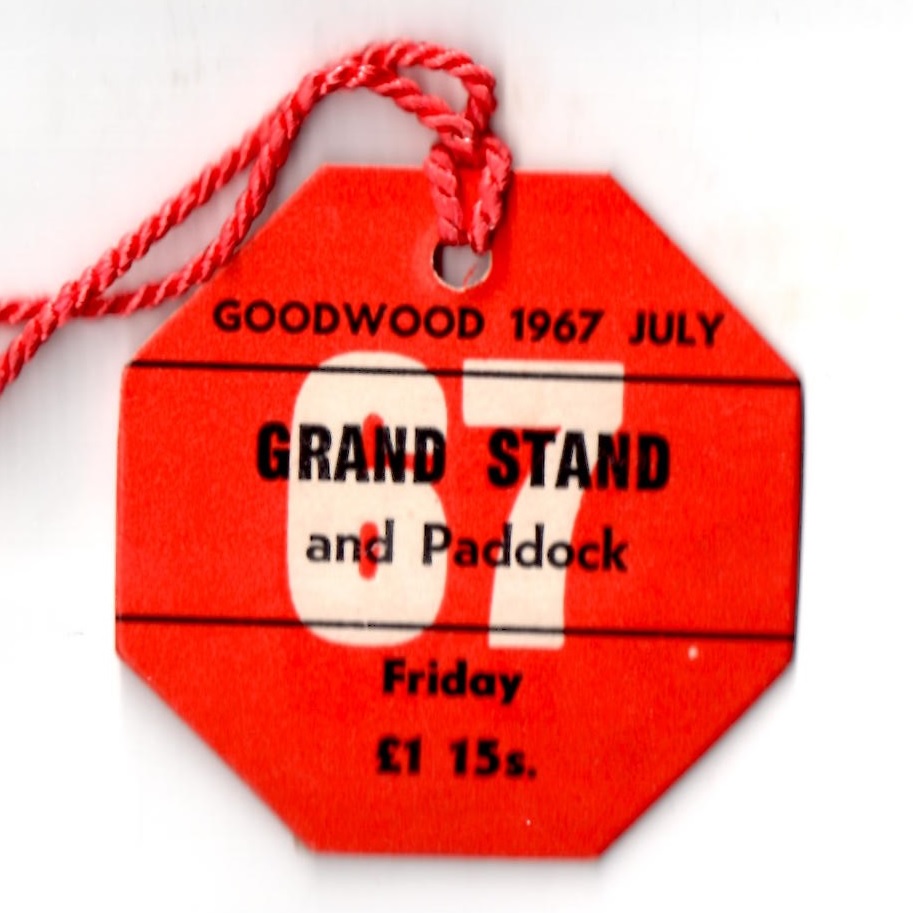
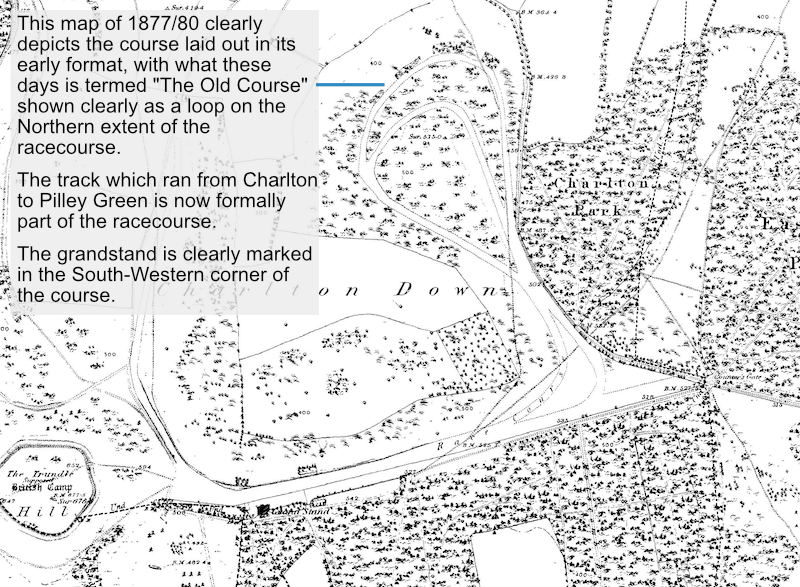
6th Duke of Richmond, Charles Henry Gordon-Lennox (27th February 1818-27th September 1903)
The sixth Duke of Richmond, Charles Henry Gordon-Lennox, was born on 27th February 1818 eldest child of the 5th Duke of Richmond and his wife Lady Caroline Paget, and assumed the title of Earl of March and later Lord Settrington. In the tradition of the family at that time, he was educated at Westminster College, later going to Christ Church, Oxford where he showed some of the family’s talent for cricket, although he did not take part in first class matches. On 28th November 1843 he married Frances Harriett Greville and they had 6 children, 2 girls and 4 boys, the first-born male being Charles Gordon Lennox. Whilst he did not extend the Estate a great deal in terms of acreage, one of his biggest innovations was to build approximately 400 cottages which were used by the many Estate workers and their families. The 6th Duke died on 27th September 1903 when his son became 7th Duke of Richmond.
During the period when the 6th Duke held the title the Lennox Stakes was introduced in 1875, but it did not last too long, although it was later reinstated in 2000. In 1891 the inaugural running of the Gordon Stakes took place.
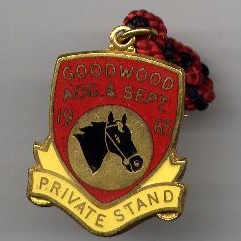
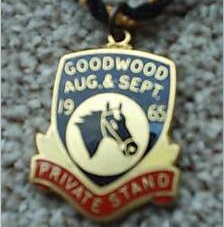
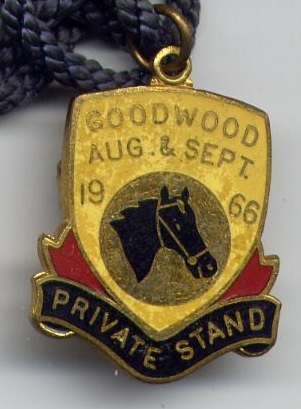
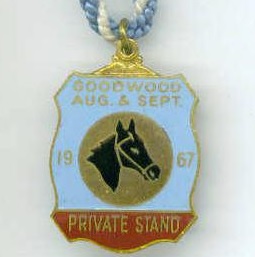
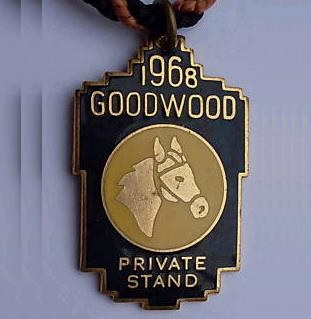
7th Duke of Richmond, Charles Henry Gordon-Lennox (27th December 1845-18th January 1928)
The seventh Duke of Richmond, Charles Henry Gordon-Lennox, was born at Portland Place, London on 27th December 1845, the eldest son of the 6th Duke and Frances Harriett Greville. He was educated at Eton College, rather than the traditional Westminster School which his ancestors attended, and was initially known as Lord Settrington, as his father still held the Earl of March title, but in 1860 he assumed that title when his father succeeded to the dukedom. He married Amy Mary Ricardo and they had 5 children, 3 sons and 2 daughters, the eldest son being Charles Henry Gordon-Lennox, but after her death in August 1879, aged 32, he married Isabel Sophie Craven, daughter of William George Craven, in 1882. They had two daughters, but tragically Isabel died in November 1887, aged just 24, and the Duke remained a widower until his death on 18th January 1928, aged 82.
During the period when the 7th Duke held the title the only race of note to be introduced was the King George Stakes in 1911.
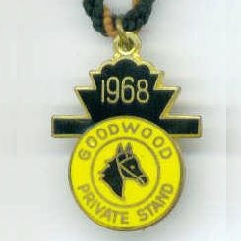
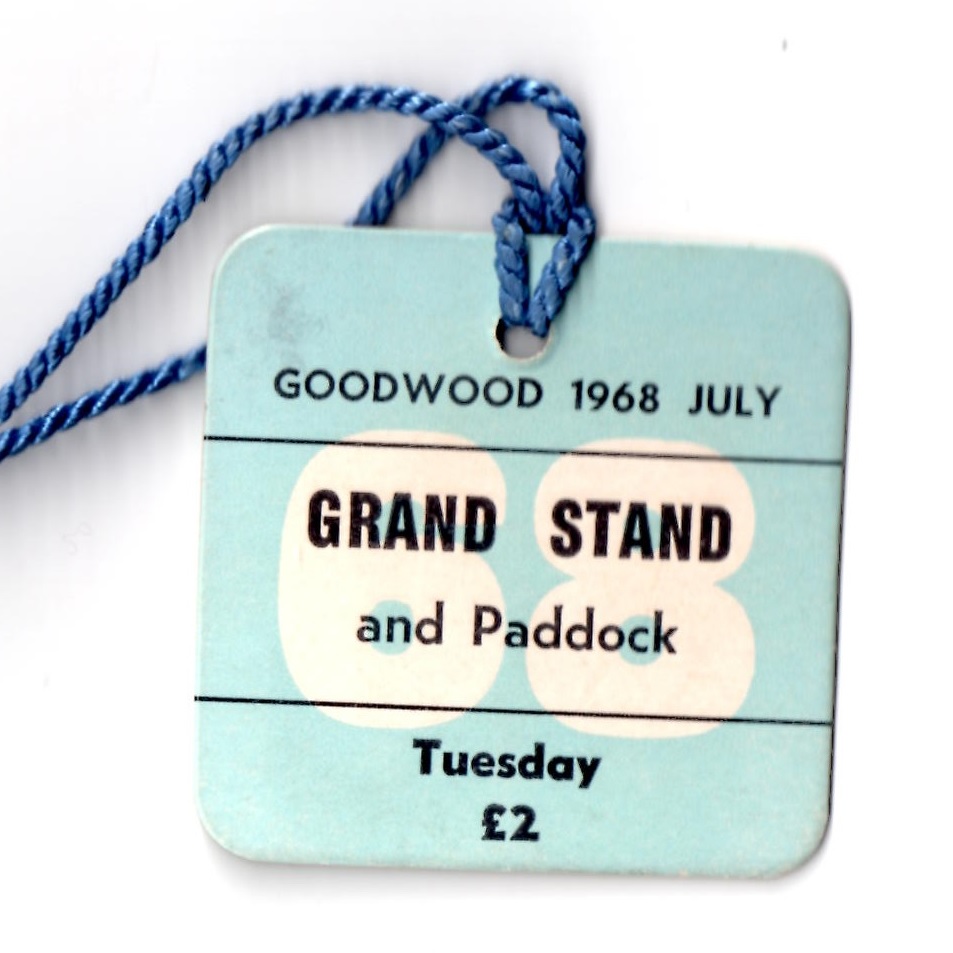
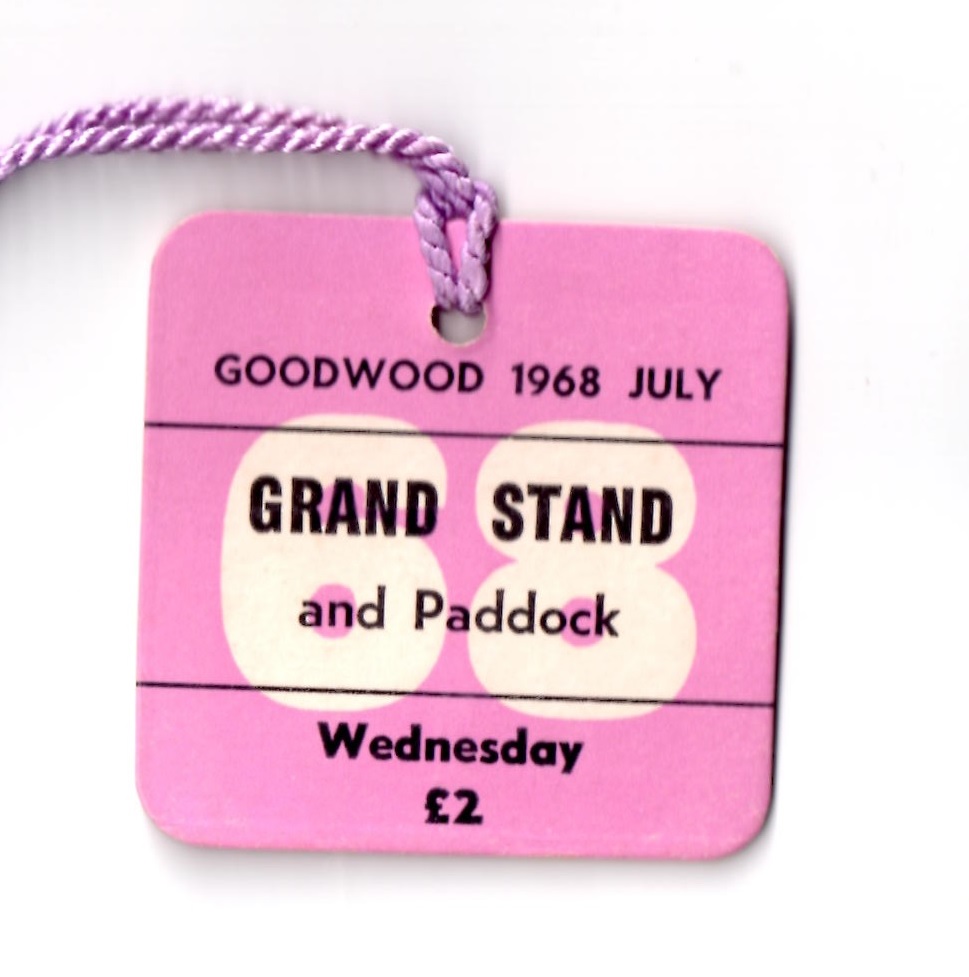
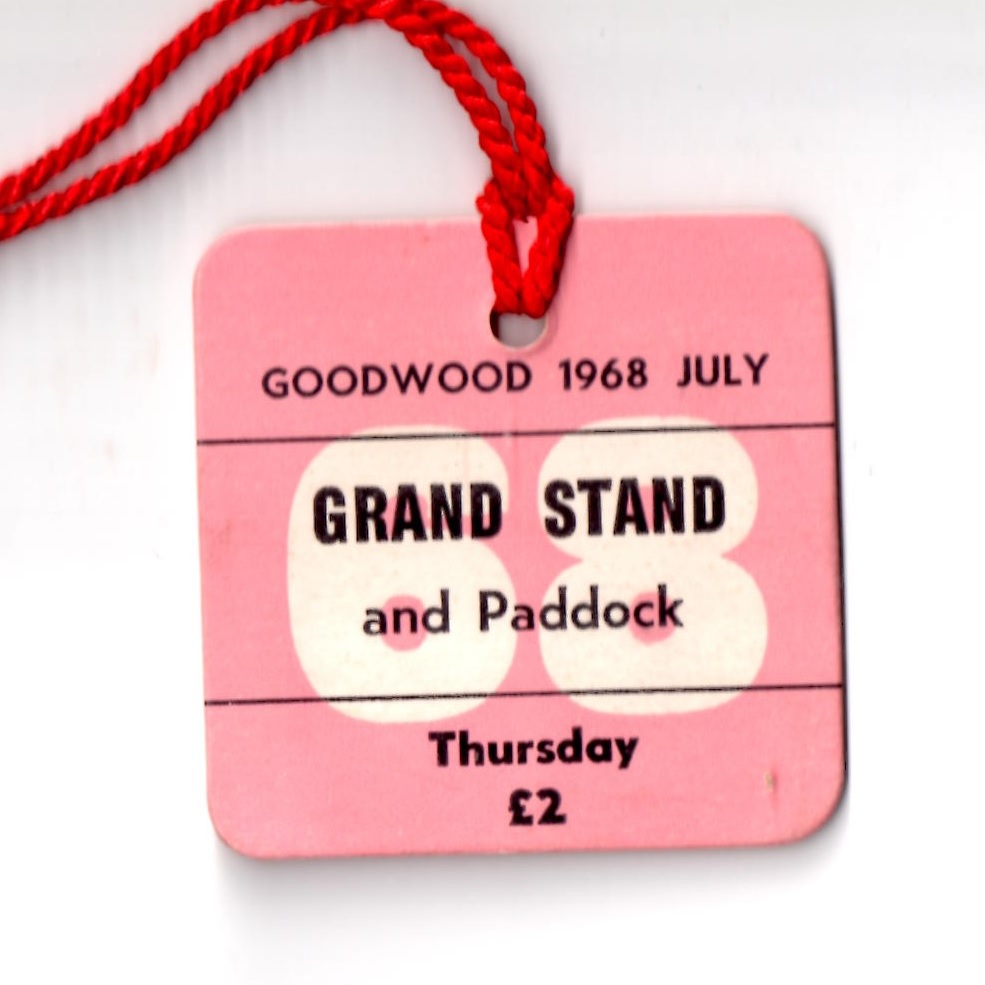
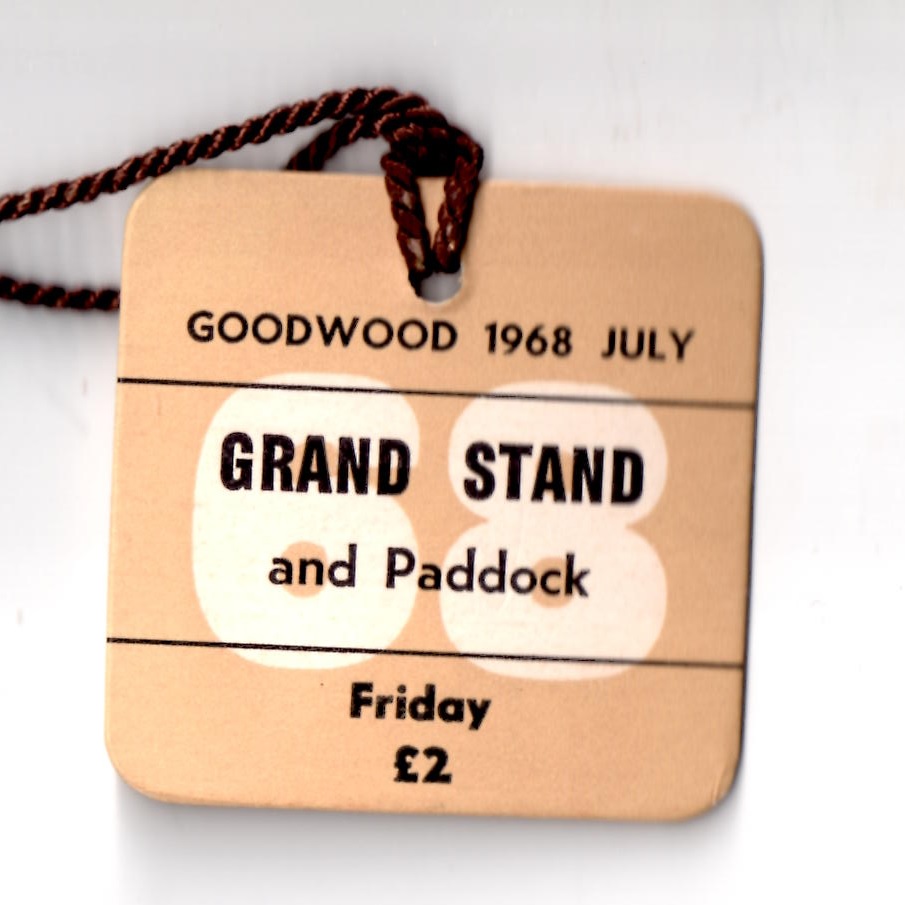
The period when the 8th Duke held the title was so short that no additional noteworthy races were added to the programme.
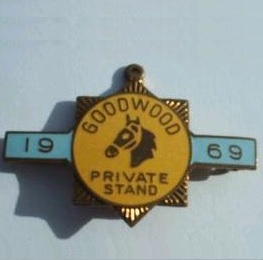
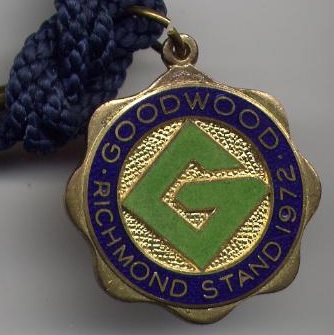
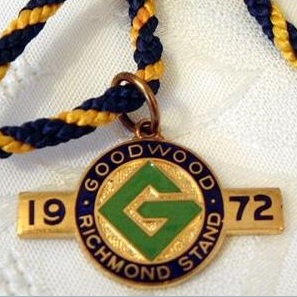
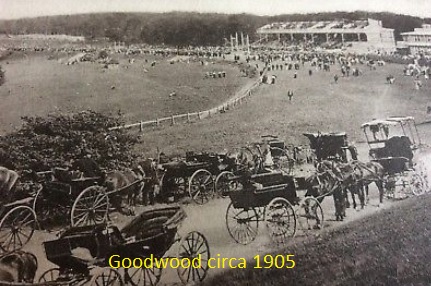
During the period when the 9th Duke held the title motor racing came, and went, from Goodwood, while flying also played a big part in the Duke's life. In 1970 the Cocked Hat Stakes, no longer the novelty race it once was, was reintroduced, as was the Thoroughbred Surplice Stakes in the same year. In 1975 the Vintage Stakes was launched, followed 4 years later by the first running of the Glorious Alycidon Stakes, and a year later the Oak Tree Stakes.
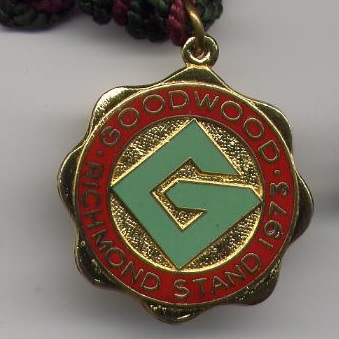
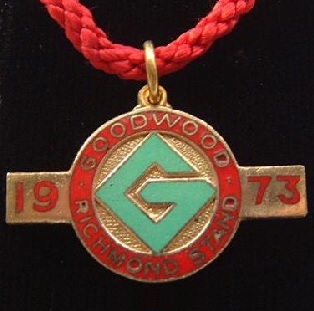
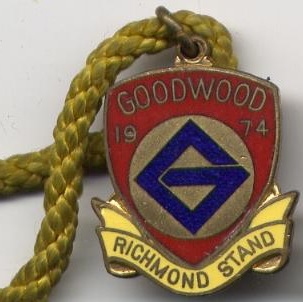
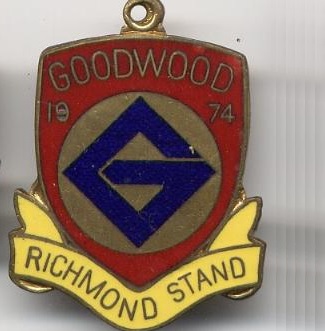
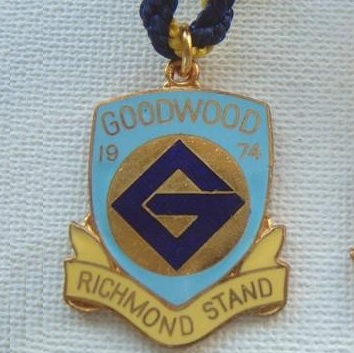
10th Duke of Richmond, Charles Henry Gordon-Lennox (19th September 1929-1st September 2017)
The tenth Duke of Richmond, Charles Henry Gordon-Lennox, was born on 19th September 1929, eldest son of the 9th Duke and his wife Elizabeth Hudson. He was educated at Eton College and the theological William Temple College before becoming a 2nd Lieutenant in the 60th Rifles. He became the Earl of March in 1935 when his father succeeded to the dukedom, having previously been known as Lord Settrington. In 1951 he married Susan Monica Grenville-Grey and the couple had 3 children, 2 daughters and a son, Charles Gordon-Lennox who was born in 1955, but they also adopted 2 girls to complete their family. Long before his death on 1st September 2017 the Duke had passed management of the Estate to his son and had moved to the smaller Molecomb House, enabling his son to live in Goodwood House.
During the period when the 10th Duke held the title the Lennox Stakes was reintroduced in 2000 and the Lillie Langtry Stakes was first run in 2003.
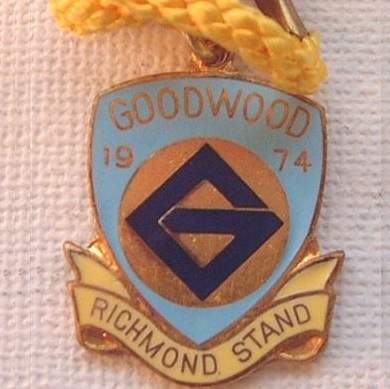
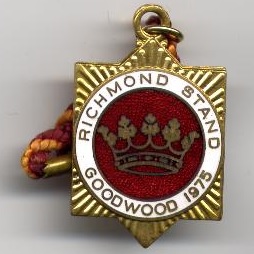
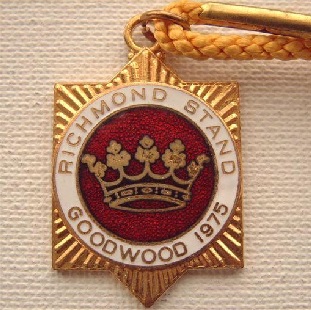
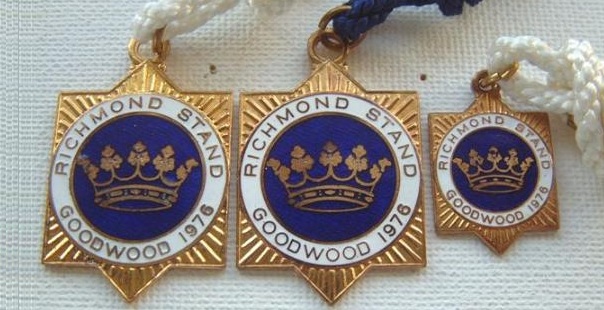

11th Duke of Richmond, Charles Henry Gordon-Lennox (born 8th January 1955)
The eleventh Duke of Richmond, Charles Henry Gordon-Lennox, was born on 8th January 1955 and was known as Lord Settrington until 1989 when he assumed the title the Earl of March. He is the current president of the British Automobile Racing Club and launched the Festival of Speed at Goodwood House in 1993, re-establishing the motor racing circuit in 1998 with the creation of the Goodwood Revival in 1998.
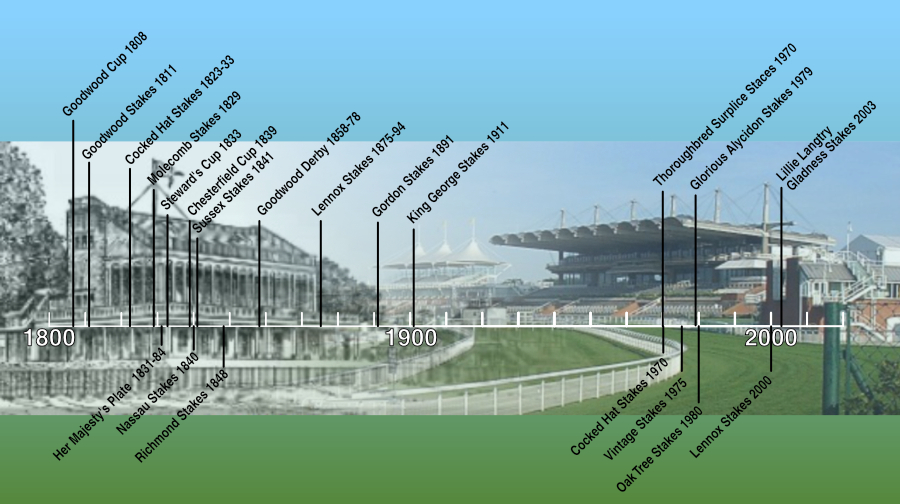
The Chesterfield Cup, joint fifth oldest race at Glorious Goodwood, along with the Nassau Stakes, is a handicap over 1 mile 1 furlong and 192 yards and was first run in 1839 when known as the Harkaway Cup, and again in 1840 when mysteriously known as the Goodwood Cup of 1839. A year later it became known by the more suitable title of Chesterfield Cup, later adjusted to the Chesterfield Stakes. The race was named after the sixth Earl of Chesterfield, George Stanhope who won 2 Goodwood Cups with Priam who he purchased after the colt had landed the 1830 Epsom Derby. The race was part of the Glorious Goodwood programme up until 1969, then was replaced by the Laurels Handicap over roughly the same distance, but confined to older horses, with the Chesterfield Cup moved to the next meeting in August. The Cup was reintroduced to the Festival programme in 1979 on the last day, but in 1983 became a stalwart of the opening day of the Festival, albeit under a variety of names dependant on its sponsor.
Early history:-The inaugural running of the Chesterfield Cup, then known as the Harkaway Cup, was on Friday 2nd August 1839, was won by Lord Eglinton’s Bellona, beating Confusionee and The Corsair.
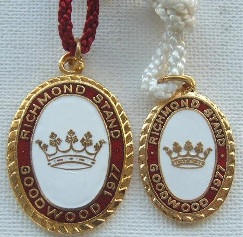
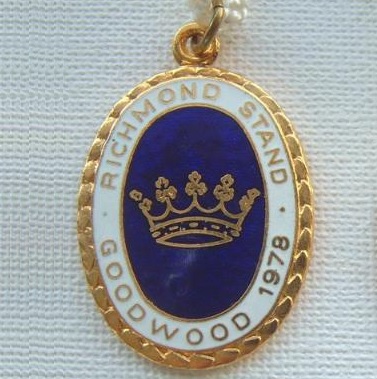
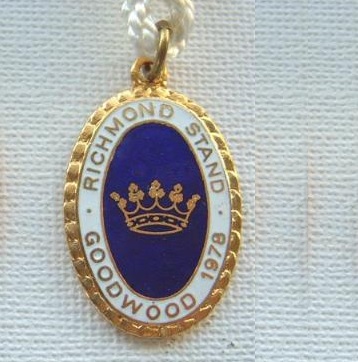
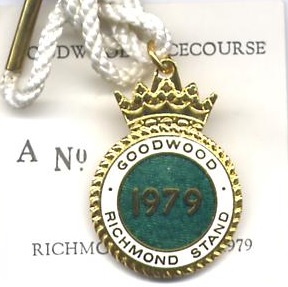
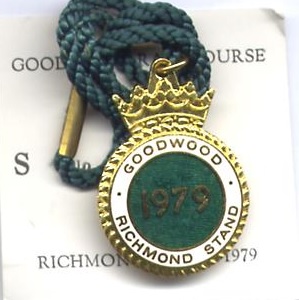
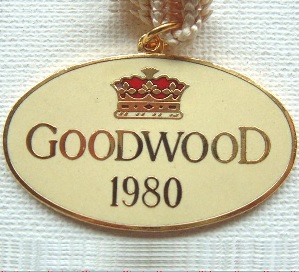
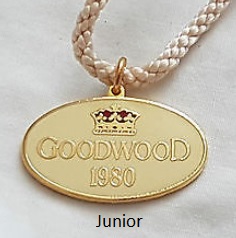
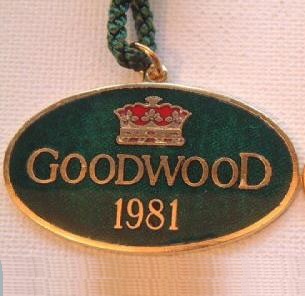
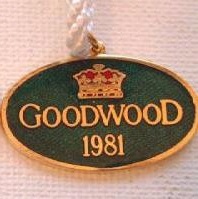
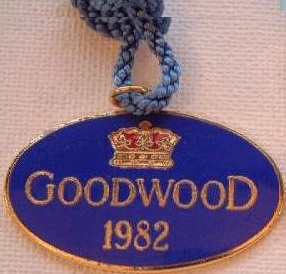
The Glorious Stakes, founded initially as the Alycidon Stakes to mark the victory of the 1949 Goodwood Cup winner, was first staged in 1979 as a conditions race over 12 furlongs for 3-year-olds and upwards. By 1985 it had been elevated to Listed status, and in 1987 the race had evolved into the Alycidon Glorious Stakes. In 1989 the reference to Alycidon was dropped and it became the Glorious Stakes, the name by which it is known today. In 1993 it was run as a Handicap for 4-year-olds and above, but went back to being a conditions race in 2004. From 2008 onwards it reached Group 3 status and is now traditionally held on the penultimate day of the Festival.
Early history:- The inaugural running of the Alycidon Stakes was on Friday 3rd August 1979 when Mr W McDonald’s Bohemian Grove defeated Vital Season and Crystal Queen.
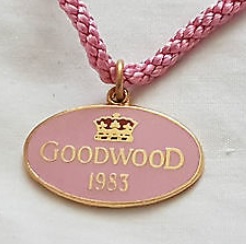
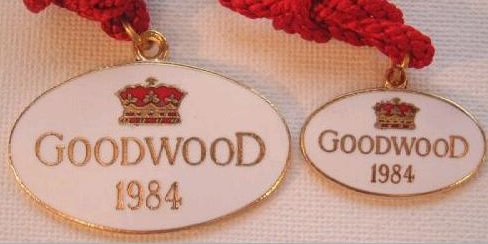
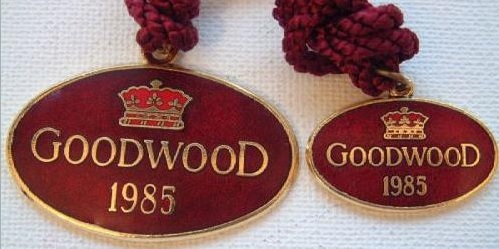
Early history:-The inaugural running of the Gold Cup was on Monday 4th May 1812 when Mr Cope’s 4-year-old chestnut Shoestrings beat the 6-year-olds Smallhopes and Hylas.
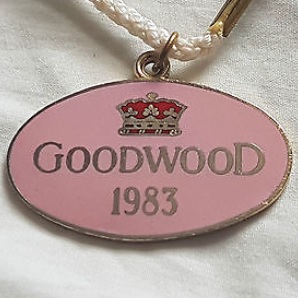
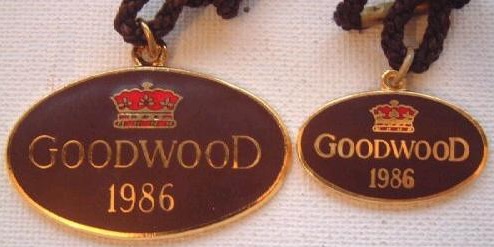
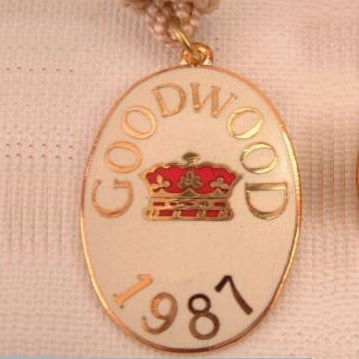
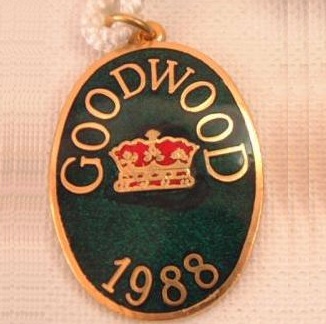
The Goodwood Derby, launched 78 years after the more famous Epsom Derby, was run over a mile and a half of the Gratwicke Course for colts carrying 8st 10lbs and fillies carrying 8st 7lbs. The race conditions imposed penalties, up to a maximum of 10lb, for winners of prestigious races; the Epsom Derby winner and second to carry 10lb and 7lb extra respectively, the Oaks winner and second to carry 6lb and 4 lb respectively, the winner of the 2000 Guineas, 1000 Guineas or Stockbridge Derby to carry 5lb extra.
Early history:- The inaugural running of the Goodwood version of the Derby was on Wednesday 28th July 1858 when Lord Ribblesdale’s The Happy Land beat Compromise and Telegram into second and third.
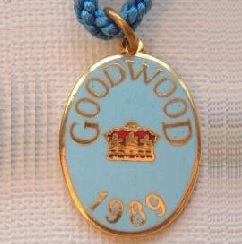
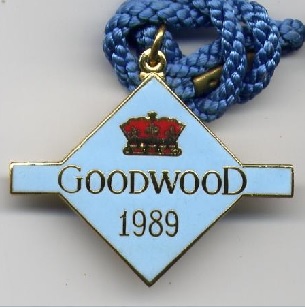
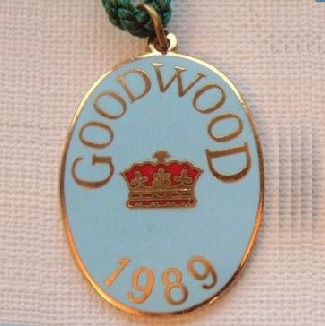
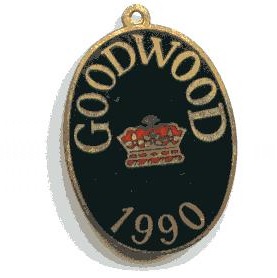
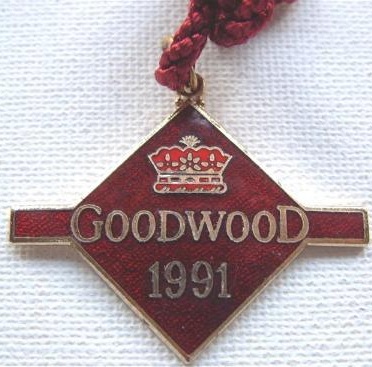
The Goodwood Stakes (Handicap) is the second oldest race still staged at the Glorious Goodwood Festival having first been run in 1823 in its current format. However, some might claim that it is the oldest race, since a Goodwood Stakes over 2 miles was staged at the 1811 meeting, a year before the inaugural running of the present day Goodwood Cup, while others would assert that a Goodwood Silver Cup was first held in 1808. It is a handicap for 3-year-olds and above over 2miles 5 furlongs, although it has fluctuated between 2 miles 5 furlongs and 2 miles throughout its history, and is currently contested over 2 miles 4 furlongs and 134 yards, making it a wonderful spectacle for the crowd, as it starts in front of the stands and is the longest presently run at the Festival.
Early history:-The inaugural running of the Goodwood Stakes was on Tuesday 12th August 1823 when the Duke of Richmond's Dandizette defeated Lord Egremont's Young Gohanna colt, although on the same card the Old Goodwood Club Stakes saw Lord Egremont’s Elfrid beat Mr C Day's Victorine.
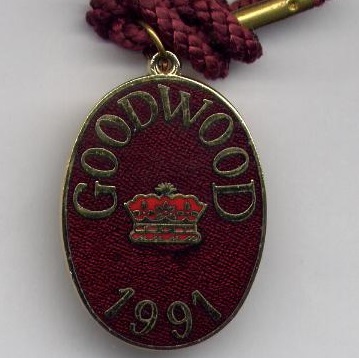
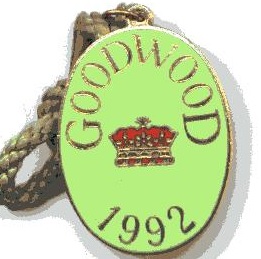
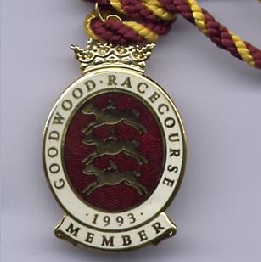
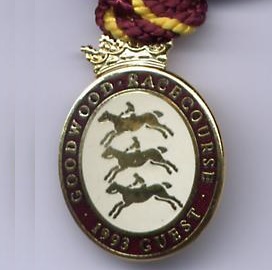
The Gordon Stakes, named after the Duke of Gordon, one of the many dukedoms held by the Duke of Richmond, was first contested over 1 mile 2 furlongs when open to 3-year-olds and above. The present-day version of the race was established in 1902 over 1 mile 3 furlongs and 218 yards, although that running was open to 3-year-olds and above, whereas from 1903 onwards it was restricted to 3-year-olds and is used as a St Leger trial. For a period of time it did not form part of the Glorious Goodwood Festival, being run at a different time of the year, but now it is held on the 3rd day of the 5 day Festival.
Early history:- The inaugural running of the Gordon Stakes was on Thursday 30th July 1891 when Lord Zetland’s Patrick Blue defeated Yard Arm and Martenhurst, although the 1902 version went to Osbech, and the 1903 version, which is the present-day version of the race, was won by Zinfandel.
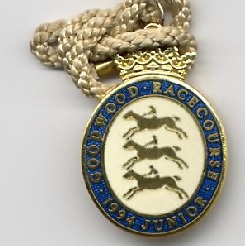
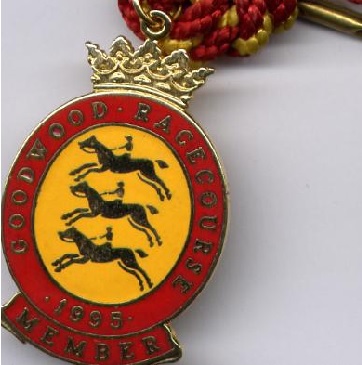
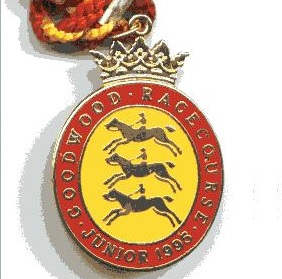
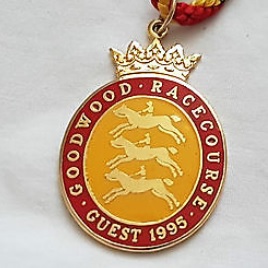
Goodwood was not rewarded with a King’s Plate for the first 30 years of its history despite the first King’s Plate being run in 1634. King William IV loved racing at Goodwood, owning many winners and having a close friendship with the Duke of Richmond and, in theory, being distant relations. His Majesty’s Plates were universally worth 100 Guineas, were free to enter, often attracted the best horses of the day and were first staged at Goodwood in 1831, although they no longer form part of the Goodwood race programme.
Early history:-The inaugural running of His Majesty’s Plate was on Friday 19th August 1831 when Lord Lowther’s 3-year-old bay colt Midhurst beat Anthony and Carthago.
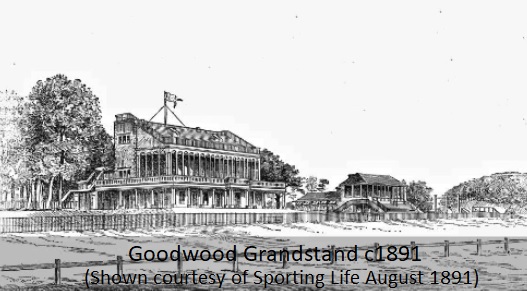
The King George Stakes, founded to celebrate the coronation of King George V, was first staged in 1911 over 6 furlongs for 3-year-olds and above. Initially it was classed as a Group 3, but it is now firmly established as a Group 2 over 5 furlongs, having been promoted in 2010, and is traditionally held on the fourth day of the Glorious Goodwood Festival.
Early history:- The inaugural running of the King George Stakes was on Wednesday 26th July 1911 when Mr J Joel’s Spanish Prince defeated Sunder and Mushroom.
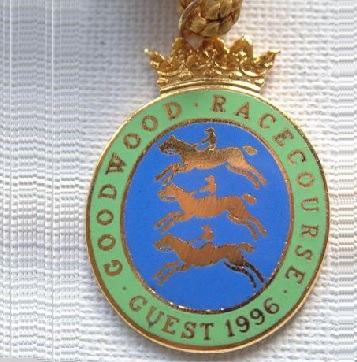
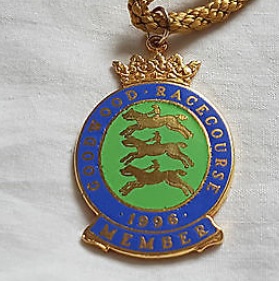
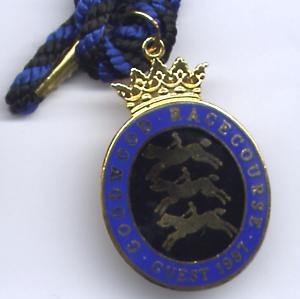
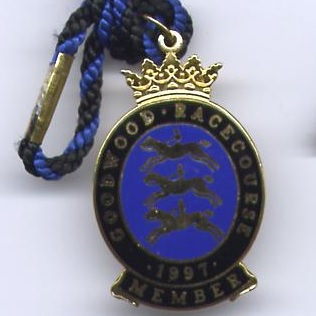
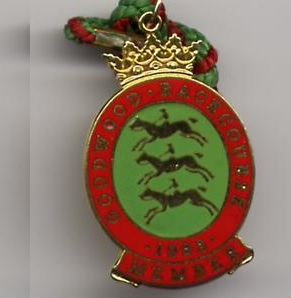
The Lennox Stakes, named after Charles Lennox, 3rd Duke of Lennox, a dukedom held simultaneously by the Duke of Richmond, is for 3-year-olds and upwards and is run over 7 furlongs. However, when it was first launched in 1875 it was over 6 furlongs, but extended to 7 furlongs in its reincarnation in 2000.
Early history:-The inaugural running of the Lennox Stakes was on Wednesday 28th July 1875 when Mr H Bird’s Lowlander defeated Blenheim and Oxonian.
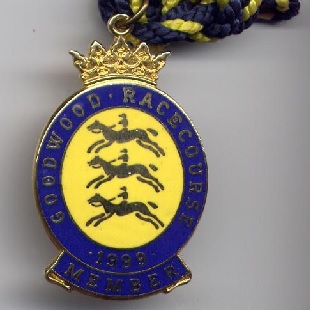
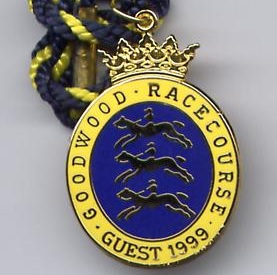
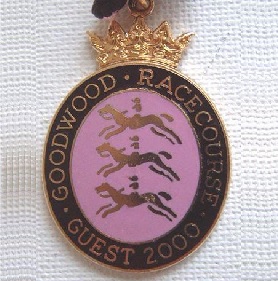
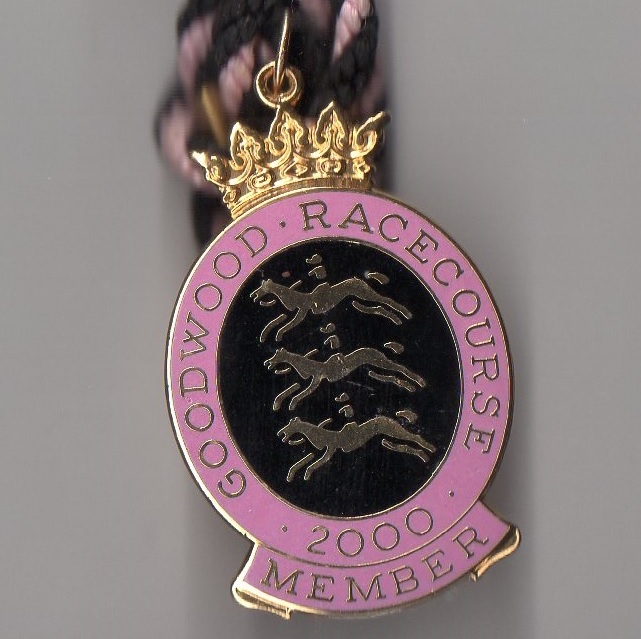
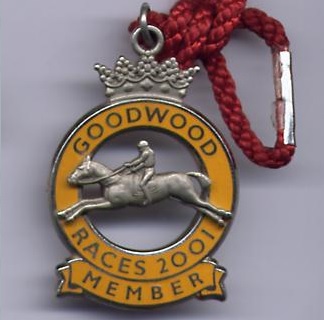
The Lillie Langtry Stakes was first run in 2003 as a Listed race when known as the Gladness Stakes after the 1958 Goodwood Cup winner, but a year later it became the Lillie Langtry Stakes after the British Actress who was a mistress of King Edward VII. It is open to fillies and mares, 3-y-o and upwards, and is contested over 1 mile 6 furlongs. In 2004, the first year as the Lillie Langtry, it was elevated to Group 3 level, and was raised again to Group 2 level in 2018. It is traditionally staged on the fifth day of the Festival.
Early history:- The inaugural running of the Gladness Stakes, later the Lillie Langtry Stakes, was on Saturday 2nd August 2003 when Matthews Breeding and Racing’s Moments of Joy defeated Discreet Brief and Prompt Payment.
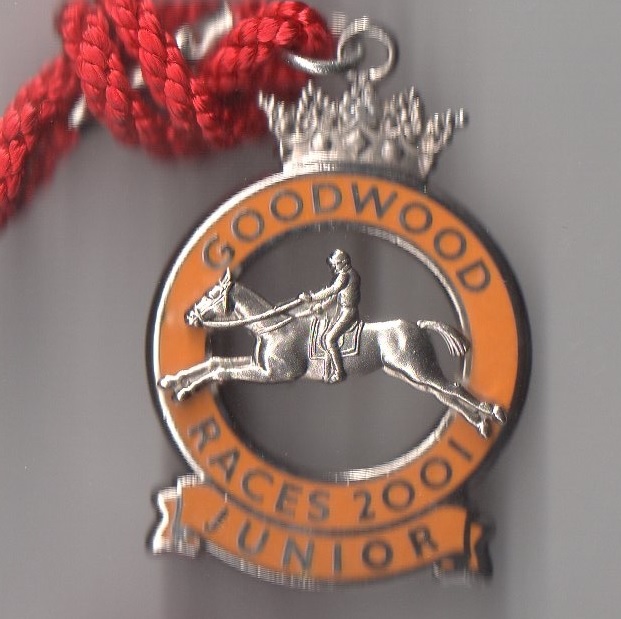
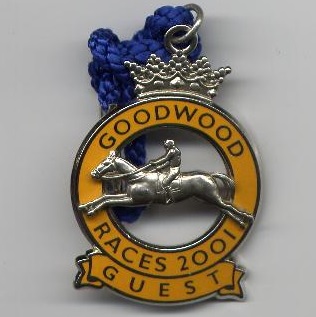
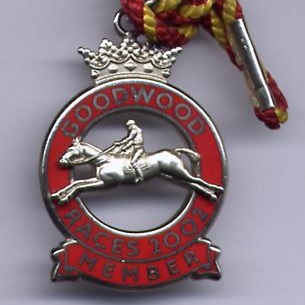
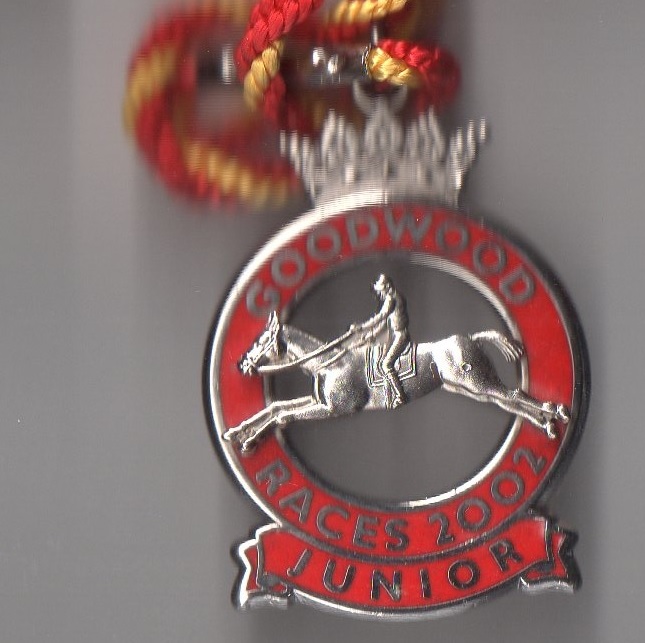
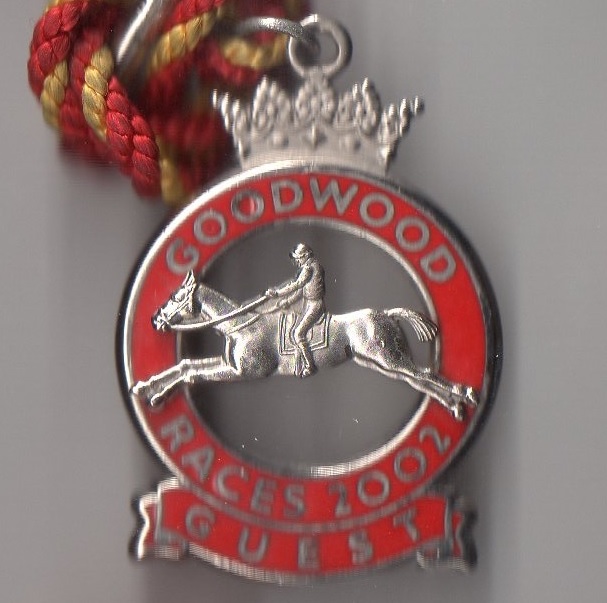
The Molecomb Stakes, named after a house on the Goodwood Estate called Molecomb which was built by the 3rd Duke of Richmond, Charles Lennox, for his sister Lady Sarah Lennox, is the third oldest race still contested at the Glorious Goodwood meeting having been established in 1829. It is a Group 3 race for 2-year-olds over 5 furlongs and is traditionally held on the second day of the 5-day meeting. Initially the race was opened to all 2-year-olds, but in 1932 it was restricted to fillies, although in 1981 it reverted to a race for colts, fillies and geldings.
Early history:-The inaugural running of the Molecomb Stakes was on Friday 14th August 1829 when the Duke of Richmond's Convert beat General Grosvenor's Red Rover.
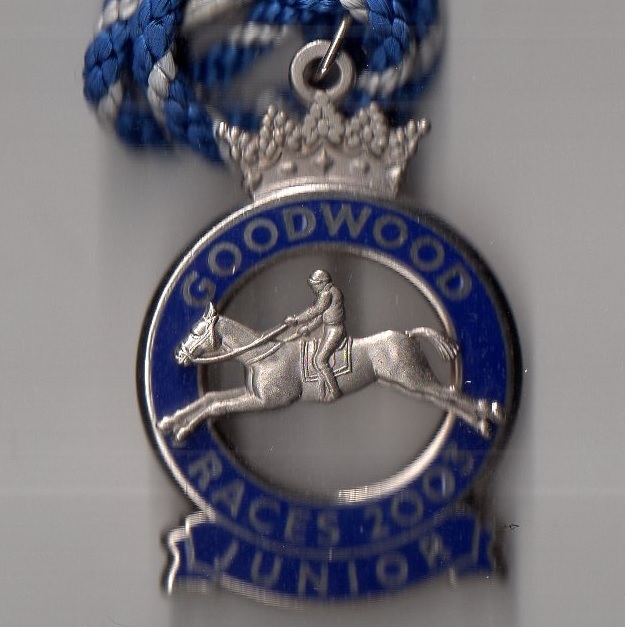
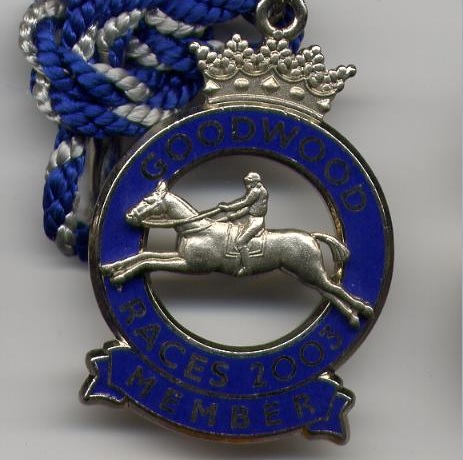
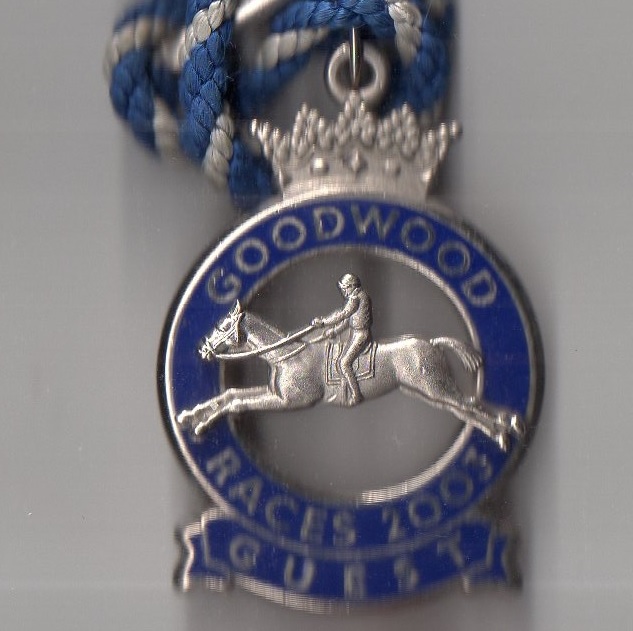
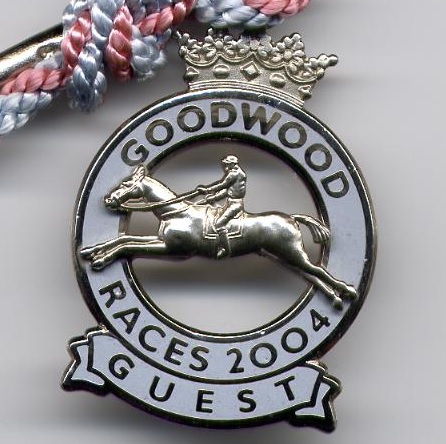
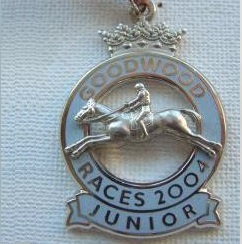
The Nassau Stakes, joint fifth oldest race at the Glorious Goodwood meeting along with the Chesterfield Cup, was named by the 5th Duke of Richmond, Charles Gordon-Lennox, in honour of his close ties and support of the House of Orange-Nassau, the reigning House of the Netherlands, and is a Group 1 race for fillies and mares aged 3 and above over 1 mile 1 furlong and 192 yards. When first contested, it was restricted to 3-year-old fillies over a mile, but in 1900 it was extended to 1 mile 4 furlongs, although it was reduced to its current distance in 1911. Race conditions were changed in 1975 when fillies and mares aged 4 and above were allowed entry and, at one stage, it was a Group 2 race, but was promoted to Group 1 level in 1999. It traditionally takes place on the third day of the 5-day meeting.
Early history:-The inaugural running of the Nassau Stakes was on Friday 31st July 1840 when Lord George Bentinck's 3-year-old filly Rosa Bianca defeated a Priam Filly and Sillistria.
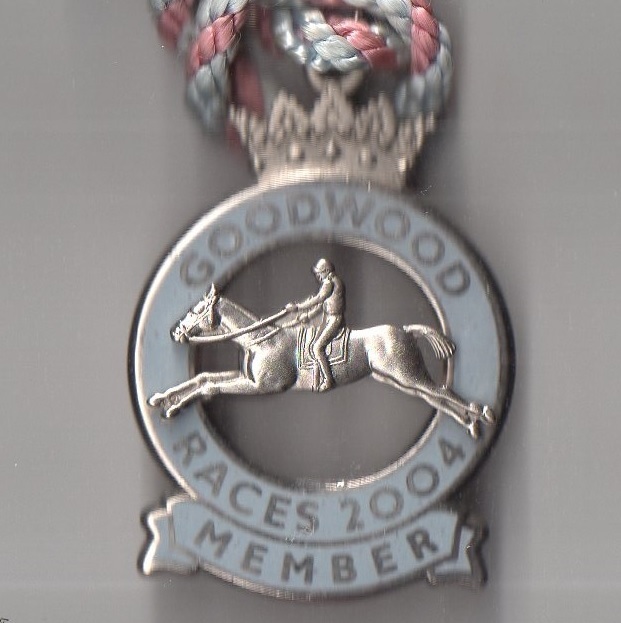
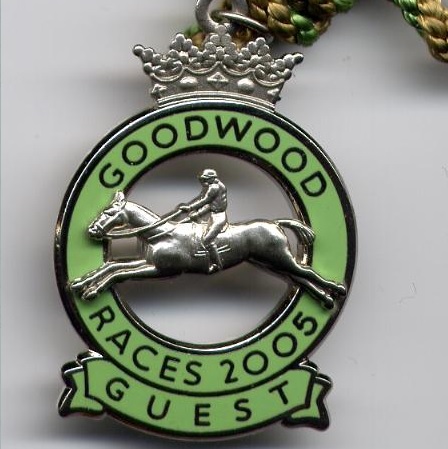
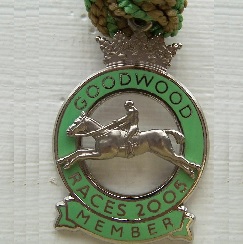
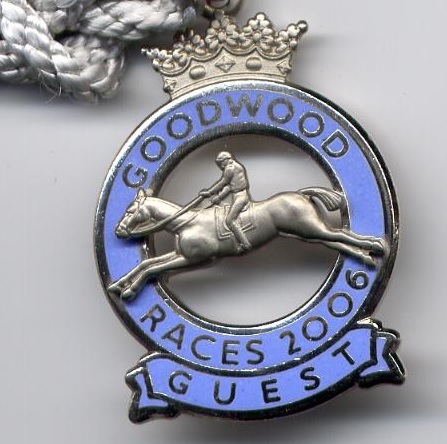
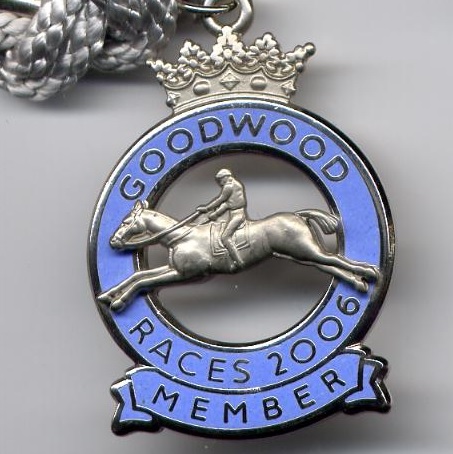
The Oak Tree Stakes, founded as the New Stand Stakes to mark the opening of the new grandstand opened by Queen Elizabeth II, was first staged in 1980 over 7 furlongs for fillies and mares 3-years-old and above, being classed as a Listed race. In 1981, as a one-off, it was named the Royal Wedding Day Stakes as it took place on the same day Princess Diana was married, but a year later, to celebrate the close association between Goodwood Racecourse and Oak Tree Racing in California, it became the Oak Tree Stakes. A reciprocal Goodwood Stakes was held at the Oak Tree meeting at Santa Anita Park racecourse in the USA. The Oak Tree Stakes was given Group 3 status in 2004, while between 2014 and 2018 the race became known as the L’Omarins Queen’s Plate after the sponsoring company, before reverting to the Oak Tree Stakes which is traditionally staged on the penultimate day of the Festival.
Early history:- The inaugural running of the Oak Tree Stakes, run as the New Stand Stakes, was on Tuesday 29th July 1980 when Lord McAlpine’s Trevita defeated Premier Rose and Our Home.
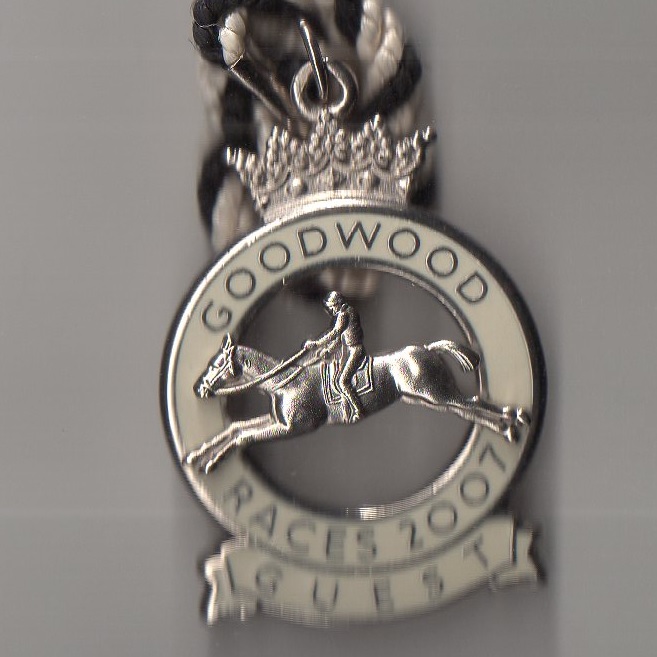
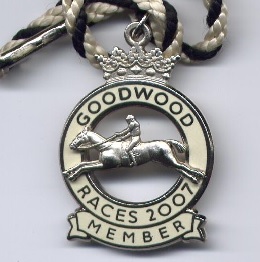
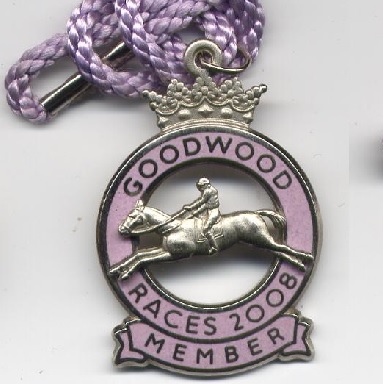
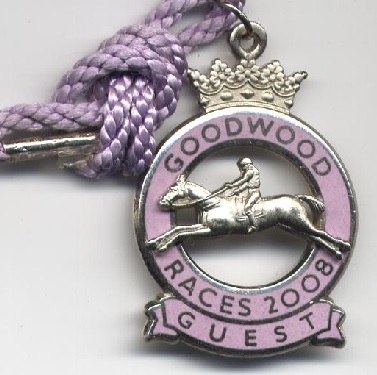
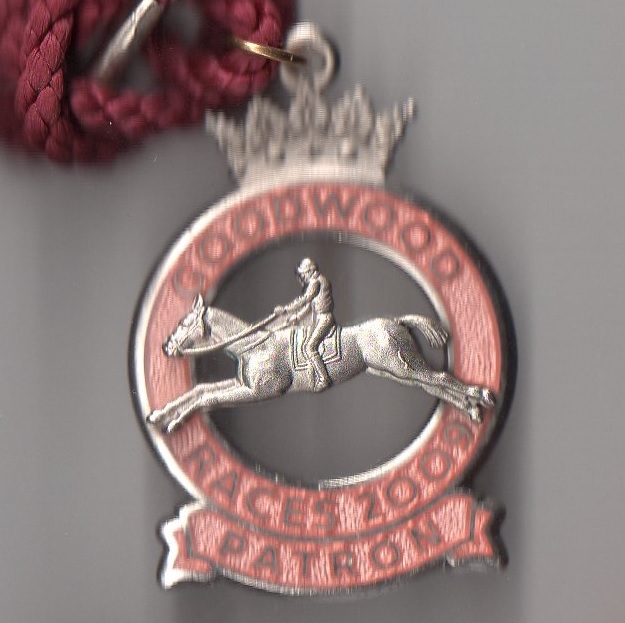
The Richmond Stakes, named after the Duke of Richmond, was first staged in 1848 for 3-year-olds over 1 mile 6 furlongs, although in its present format over 6 furlongs it was first contested in 1877 when it was open to both genders, with 6 of those first 8 races being partnered by the great Fred Archer. Today it is for colts and geldings, being restricted to male horses since 1989, and is currently one of the feature races on the 3rd day of the glorious Goodwood Festival.
Early history:-The inaugural running of the Richmond Stakes was on Friday 28th July 1848 when the Duke of Richmond’s Hornpipe beat sole rival Archery.
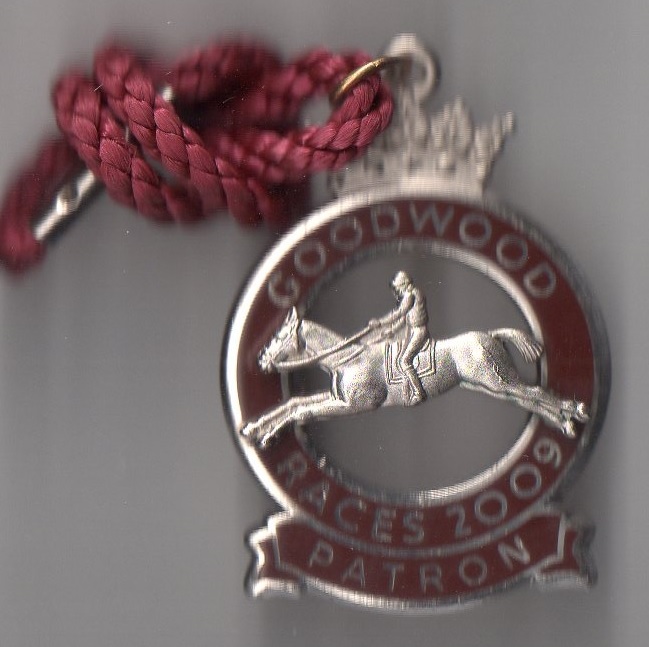
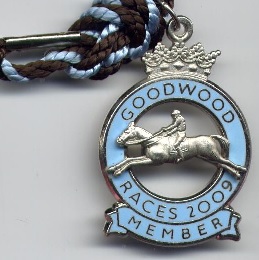
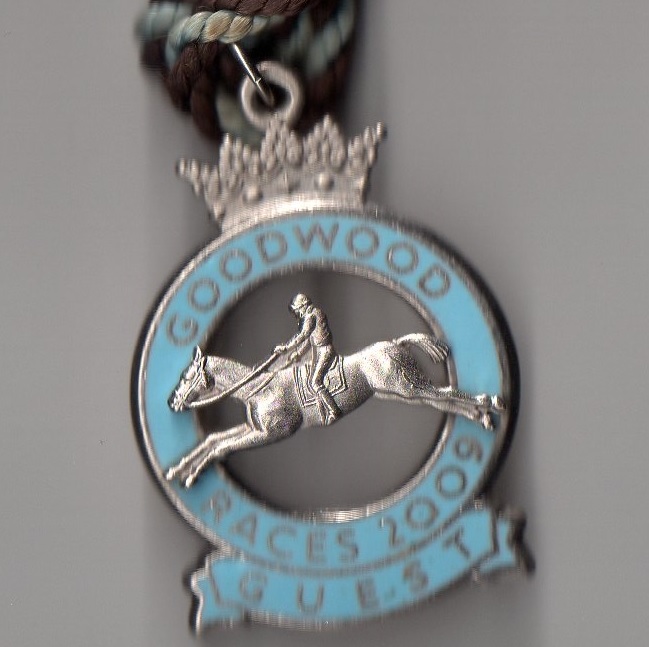
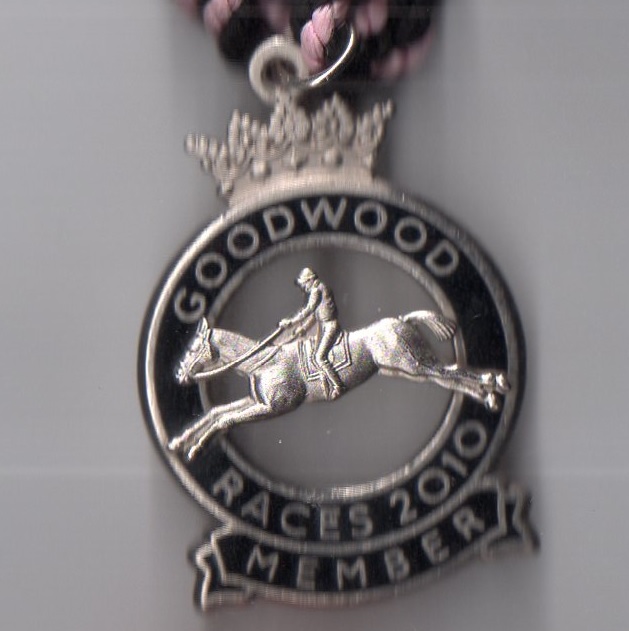
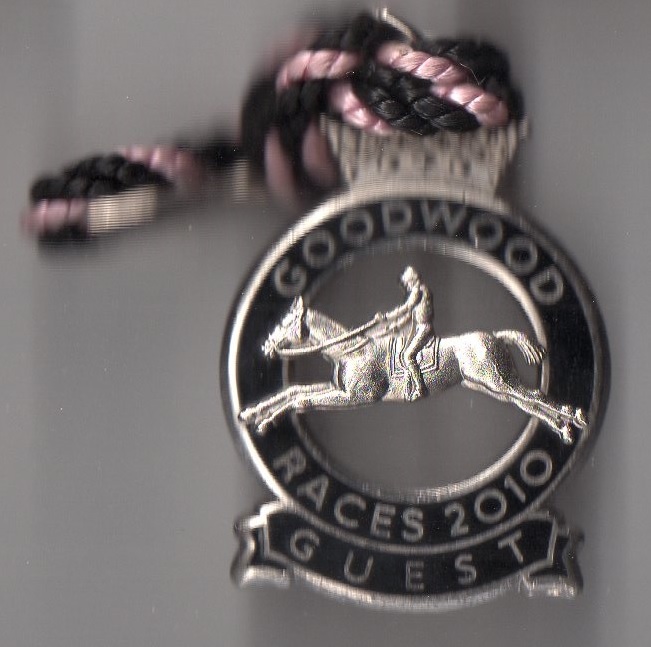
The Stewards’ Cup, fourth oldest race at the Glorious Goodwood meeting, is a handicap over 6 furlongs and is traditionally held on the final day of the 5-day meeting, although up to 1992 it was staged on the opening day. In 1833 one of the Senior Stewards at the meeting was given the honour of choosing any race at the meeting to present an annual Stewards trophy, occasionally selecting a sprint race of 6 furlongs, but from time to time a race up to 1 mile 4 furlongs was selected. Then, in 1839, Lord George Bentinck, later appointed Senior Steward to the Jockey Club in July 1845, suggested that the Stewards’ Cup should be perpetually run over 6 furlongs, and the inaugural race was held in 1840.
Early history:-The inaugural running of the Stewards' Cup was on Friday 31st July 1840 when Mr Bowes’s 6-year-old chestnut Epirus beat Mus and Euclid.
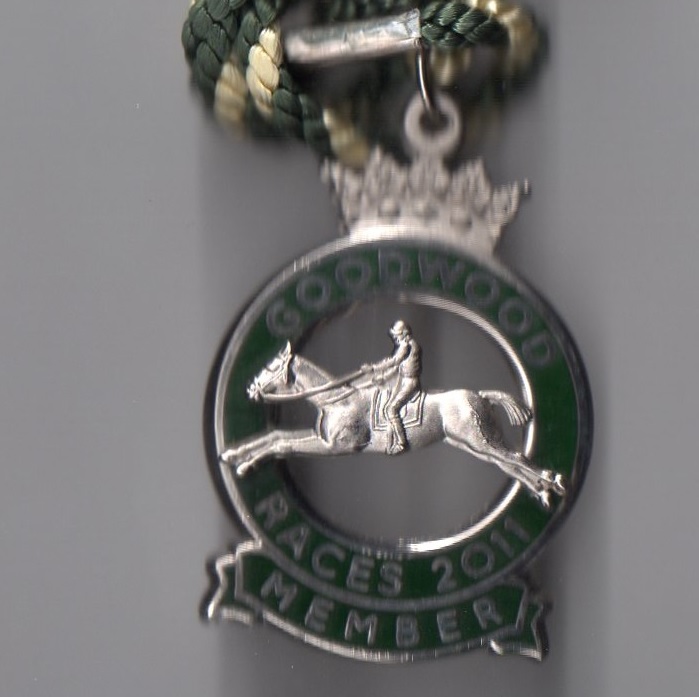
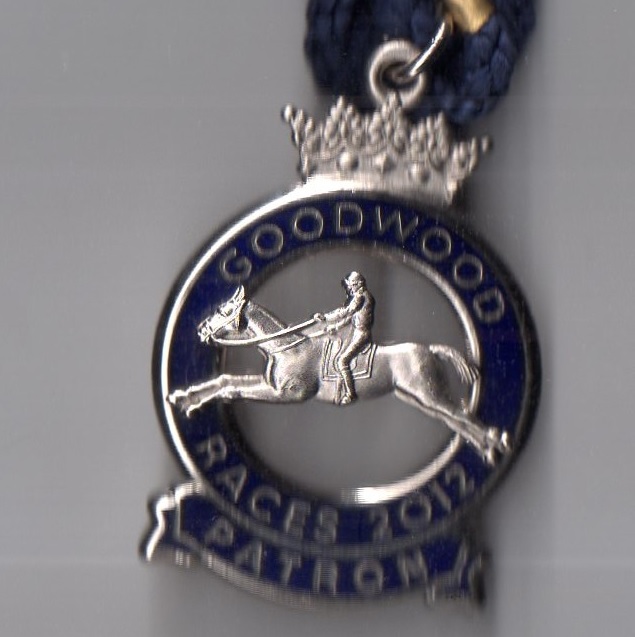
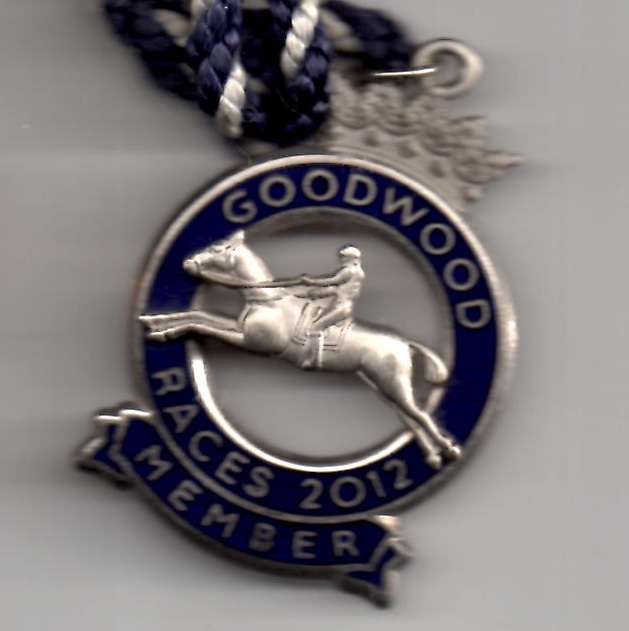
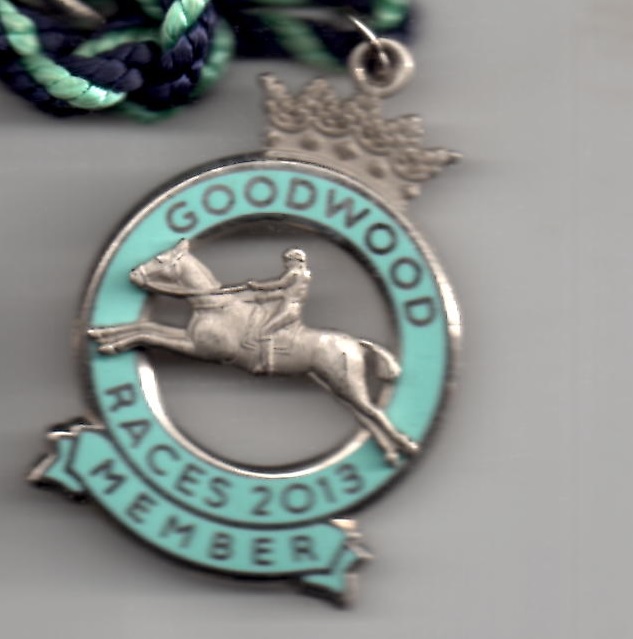
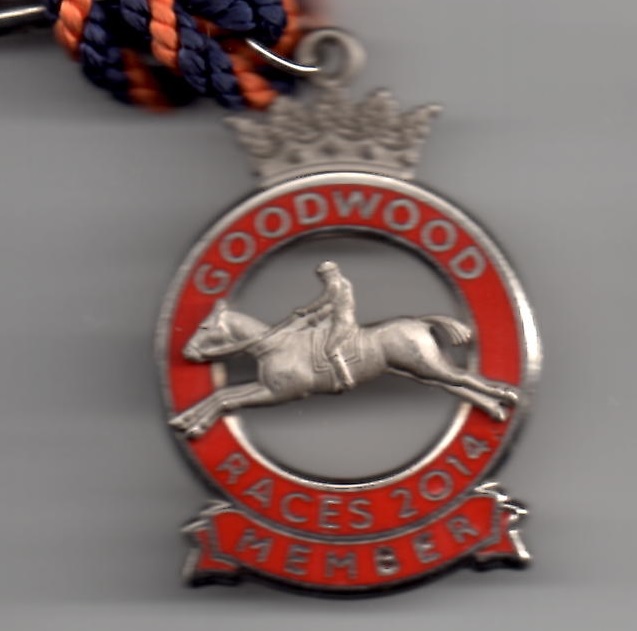
The Sussex Stakes, seventh oldest race at the Glorious Goodwood meeting, is a Group 1 race for 3-year-olds and above over a mile and was first staged in 1841, although at that time it was held over 6 furlongs. It had a chequered early history, with many of the original races being walkovers, but in 1878 it became a 3-year-old race over a mile and became the most esteemed race at the meeting. Its conditions changed again in 1960 when 4-year-olds were allowed entry, while in 1975 it was extended still further to include any horse aged 3 and above. It is traditionally contested on the second day of the 5-day meeting.
Early history:-The inaugural running of the Sussex Stakes was on Thursday 29th July 1841 when Mr Treen’s 2-year-old brown colt Barrier beat the Palladium and Darling.
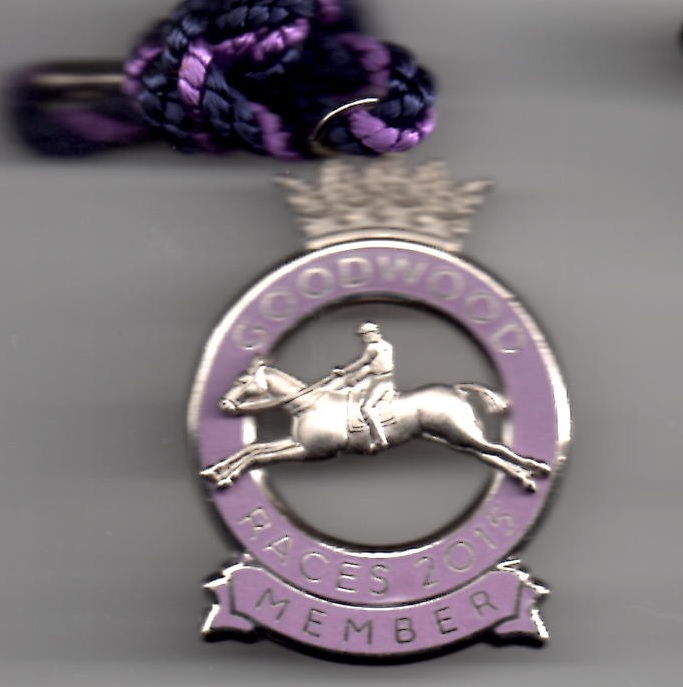
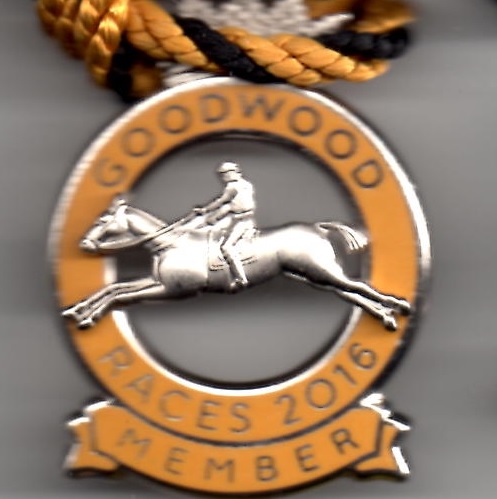
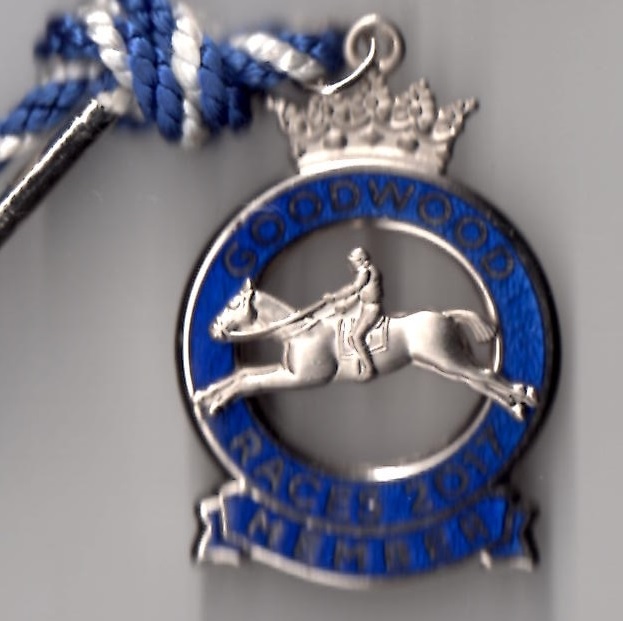
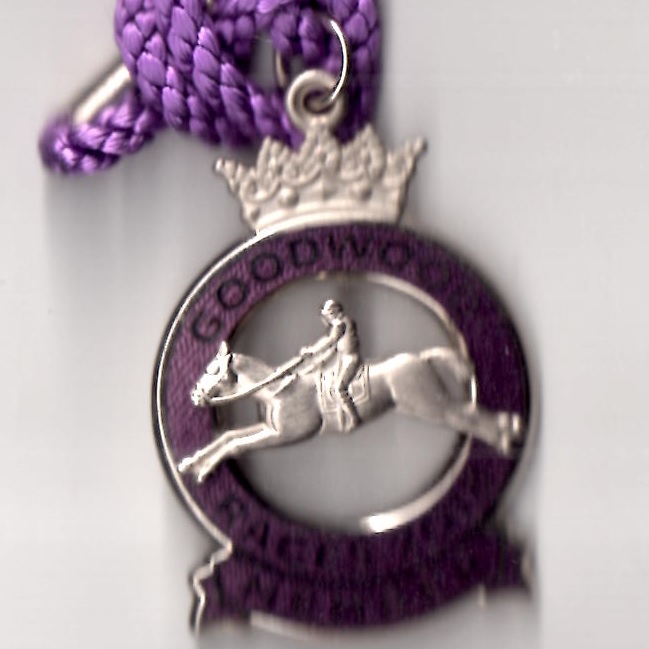
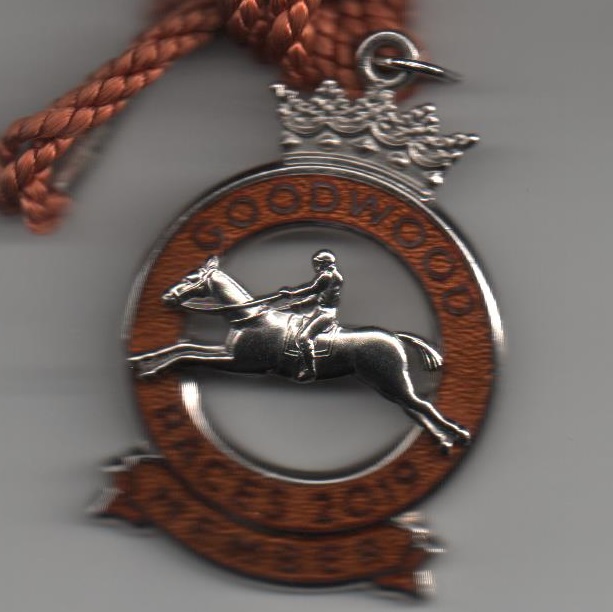
The Thoroughbred Surplice Stakes, initially known as the Surplice Stakes, was first staged in 1970 over a mile and 2 furlongs for 3-year-old horses. The race was named after Surplice who won the Ham Stakes at Goodwood in 1847 as a 2-year-old, before landing the Epsom Derby and St Leger Stakes (SR 2044) the next year. However, between those 2 Classic successes he contested the Gratwicke Stakes and Racing Stakes at the Goodwood Summer meeting, suffering defeat in both. In 1849 he was made the 6/4 favourite for the Chesterfield Cup, but could only finish sixth. In 1993 the Surplice Stakes, now over a mile, became a sponsored race, in the first instance by Vodafone, but in 1998 it was awarded Listed status and became the Thoroughbred Stakes. A further promotion to Group 3 level took pace in 2012. The race is traditionally staged on the penultimate day of the Festival.
Early history:- The inaugural running of the Surplice Stakes was on Friday 31st July 1970 when Lady Beaverbrook’s Biskrah defeated Hardbake and Bucklebury.
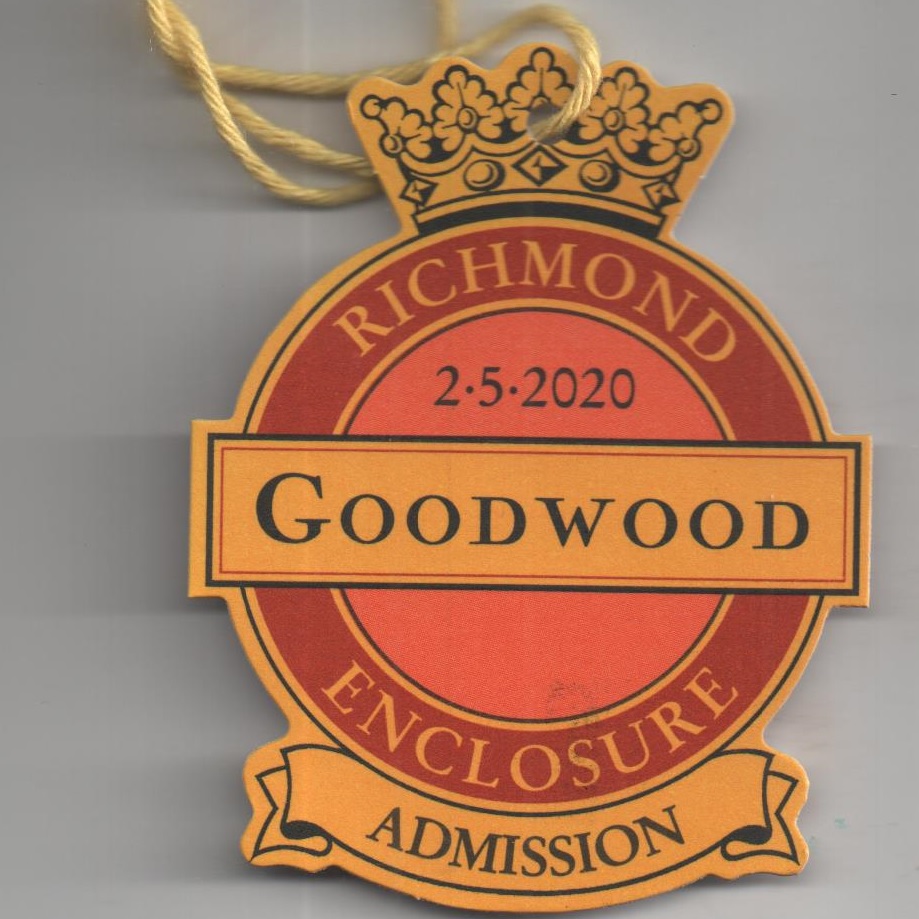
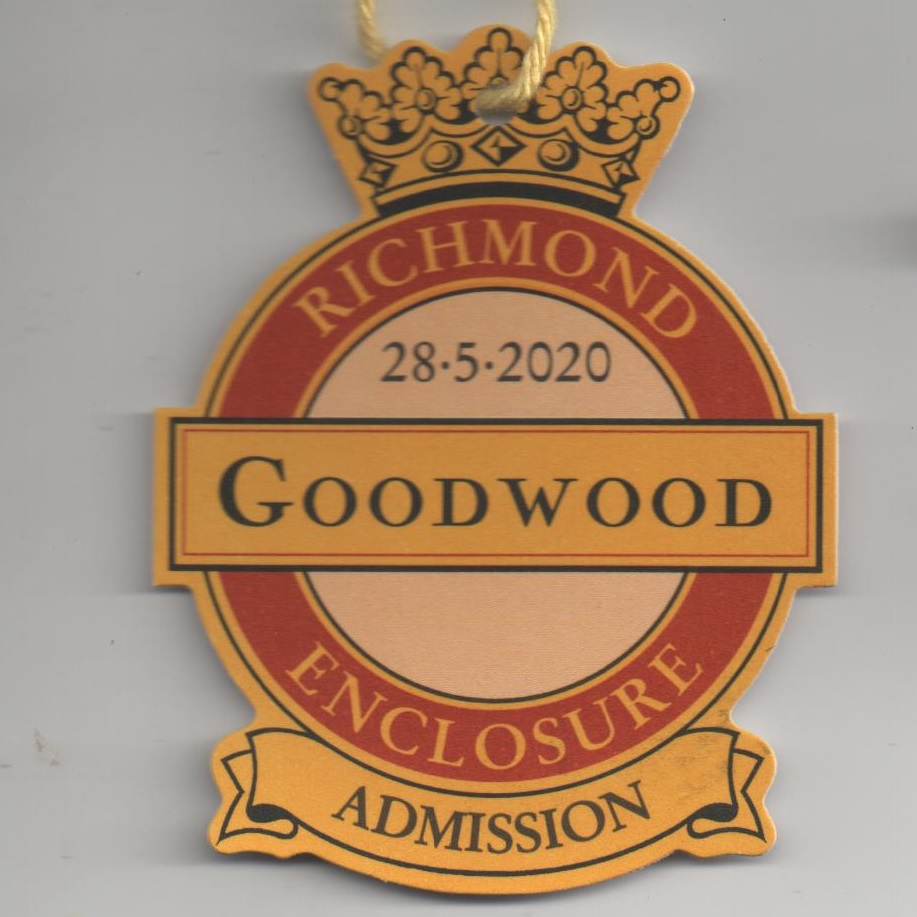
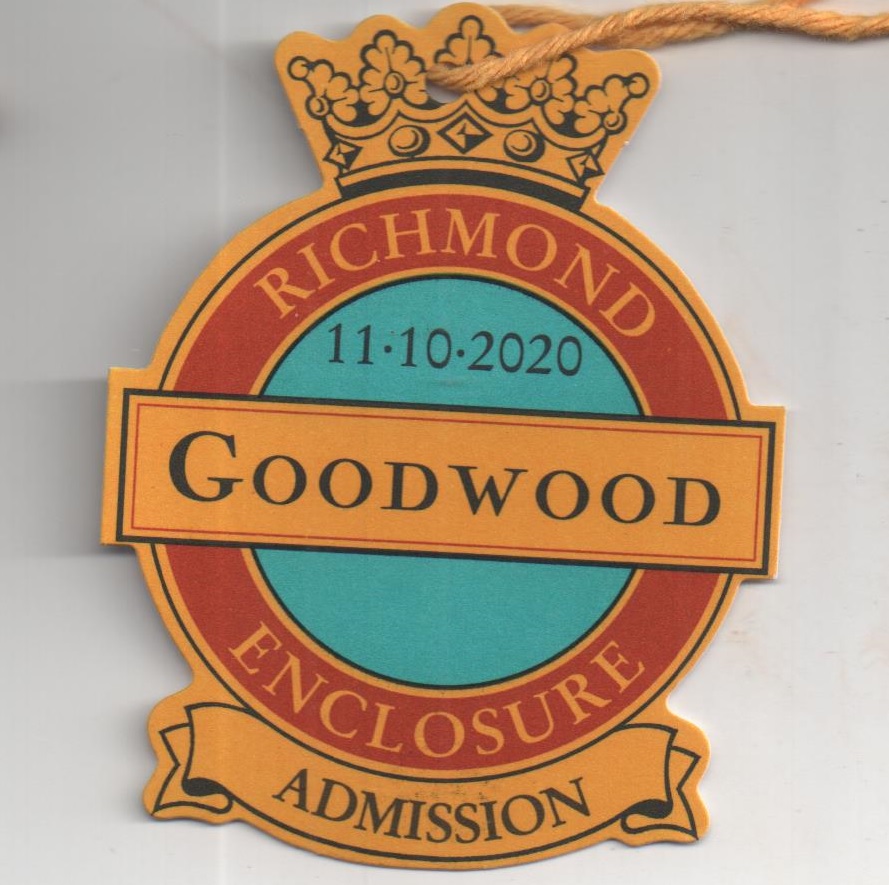
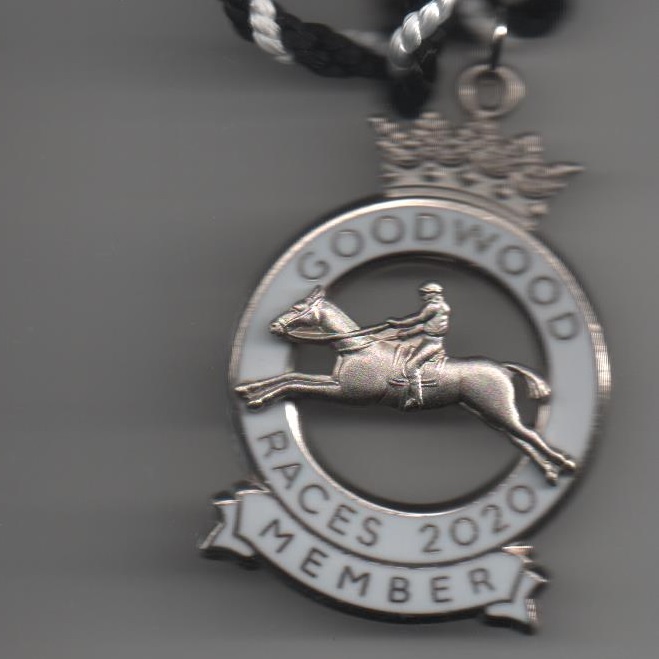
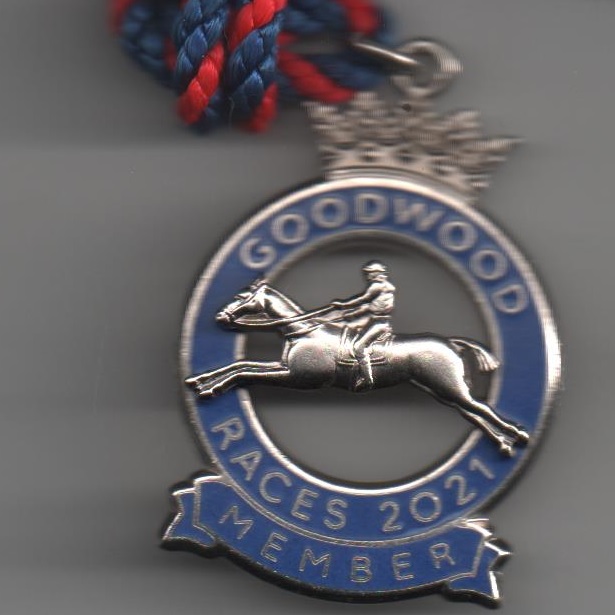
The Vintage Stakes, founded as the Lanson Champagne Vintage Stakes after the sponsoring company, was first staged in 1975 as a Listed race over 7 furlongs for 2-year-olds. By 1986 the race had been elevated to Group 3 status, reaching Group 2 level in 2003. It is traditionally held on the opening day of the Festival, and has often involved horses which have gone on a year later to achieve Classic success.
Early history:- The inaugural running of the Vintage Stakes was on Thursday 31st July 1975 when Lady Beaverbrook’s Riboboy defeated Pigsticker and Pirate Dream.